Day 6 - Walking the Via Francigena - From Clerques to Wisques, France
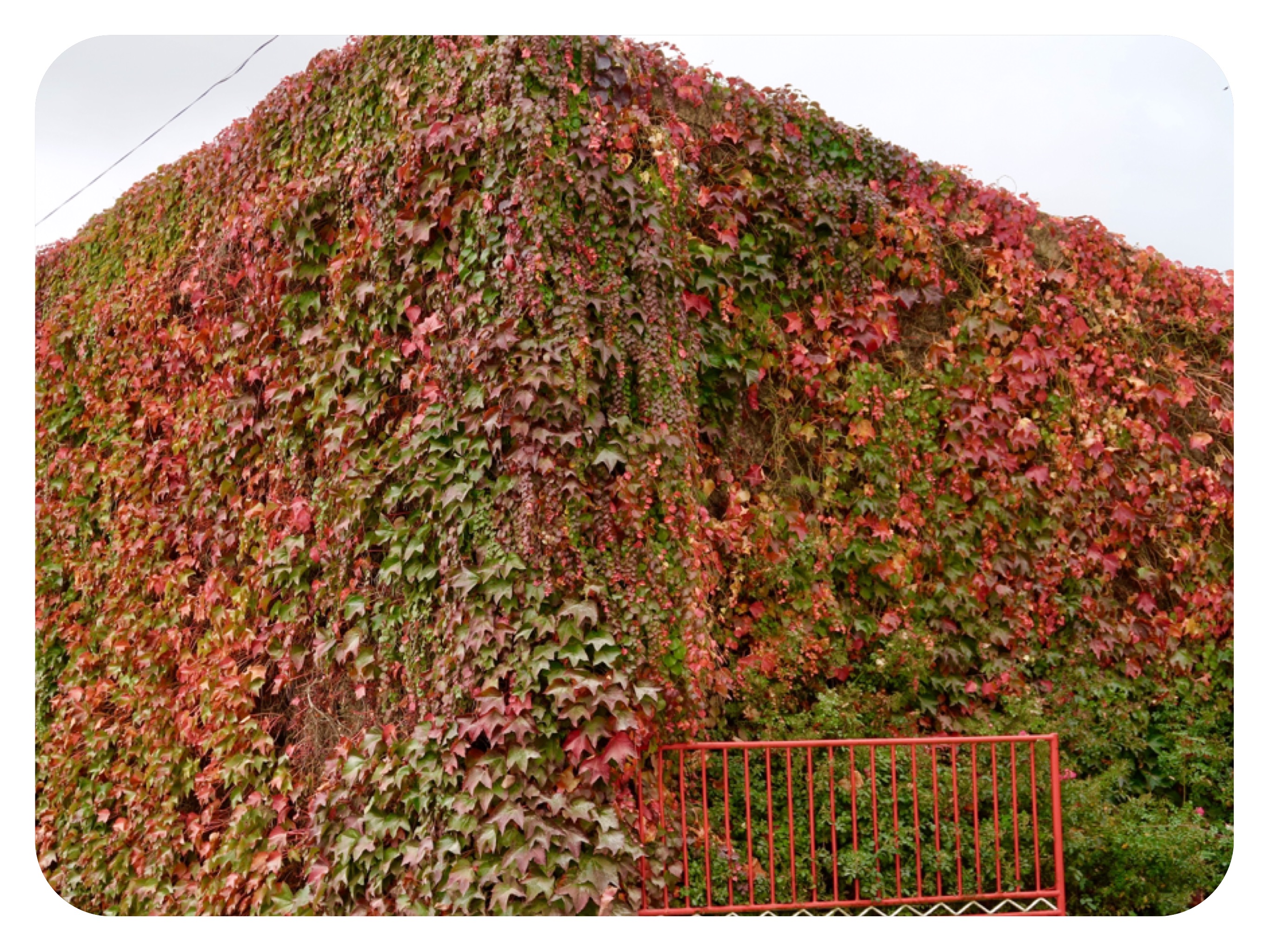
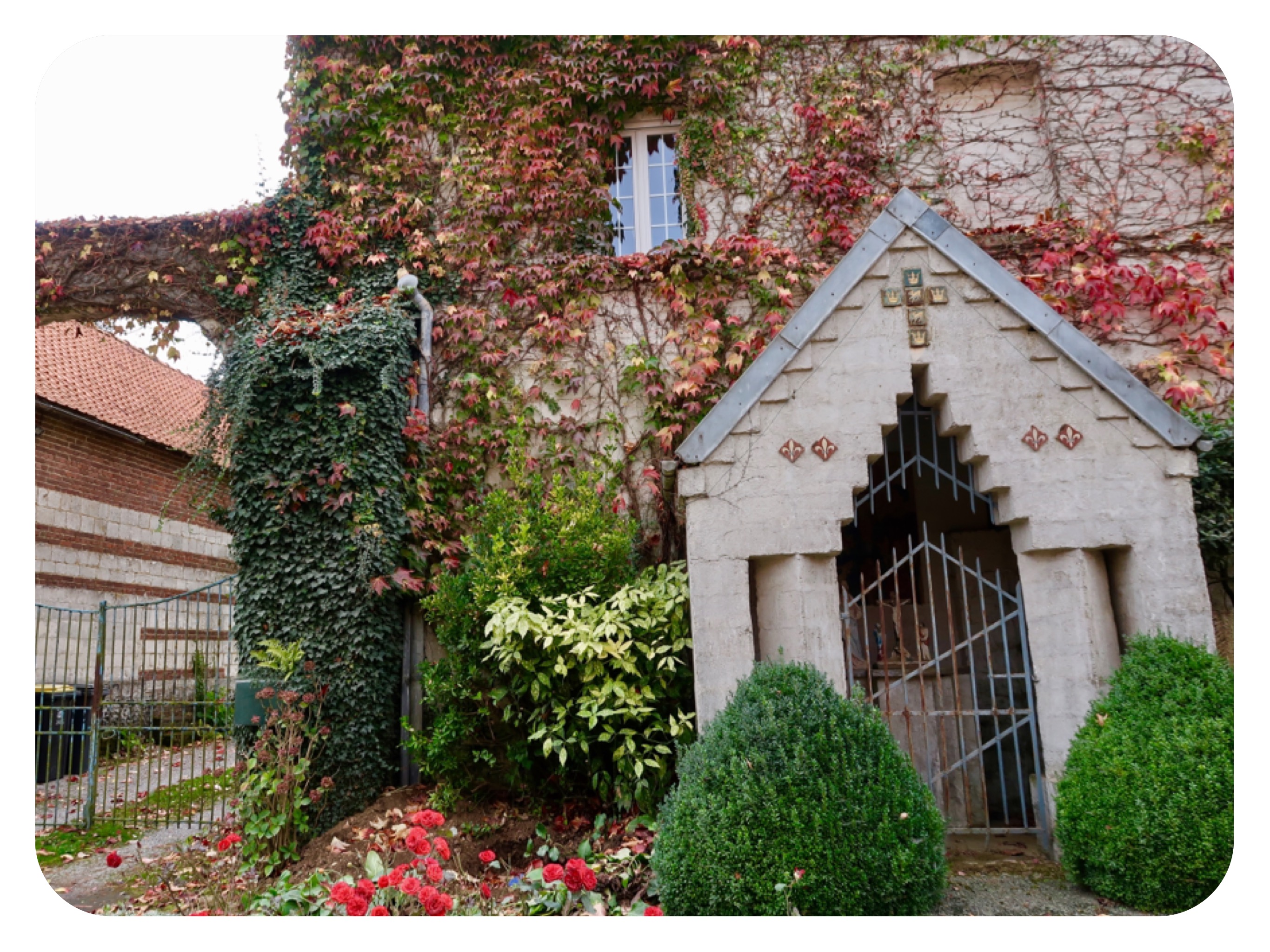
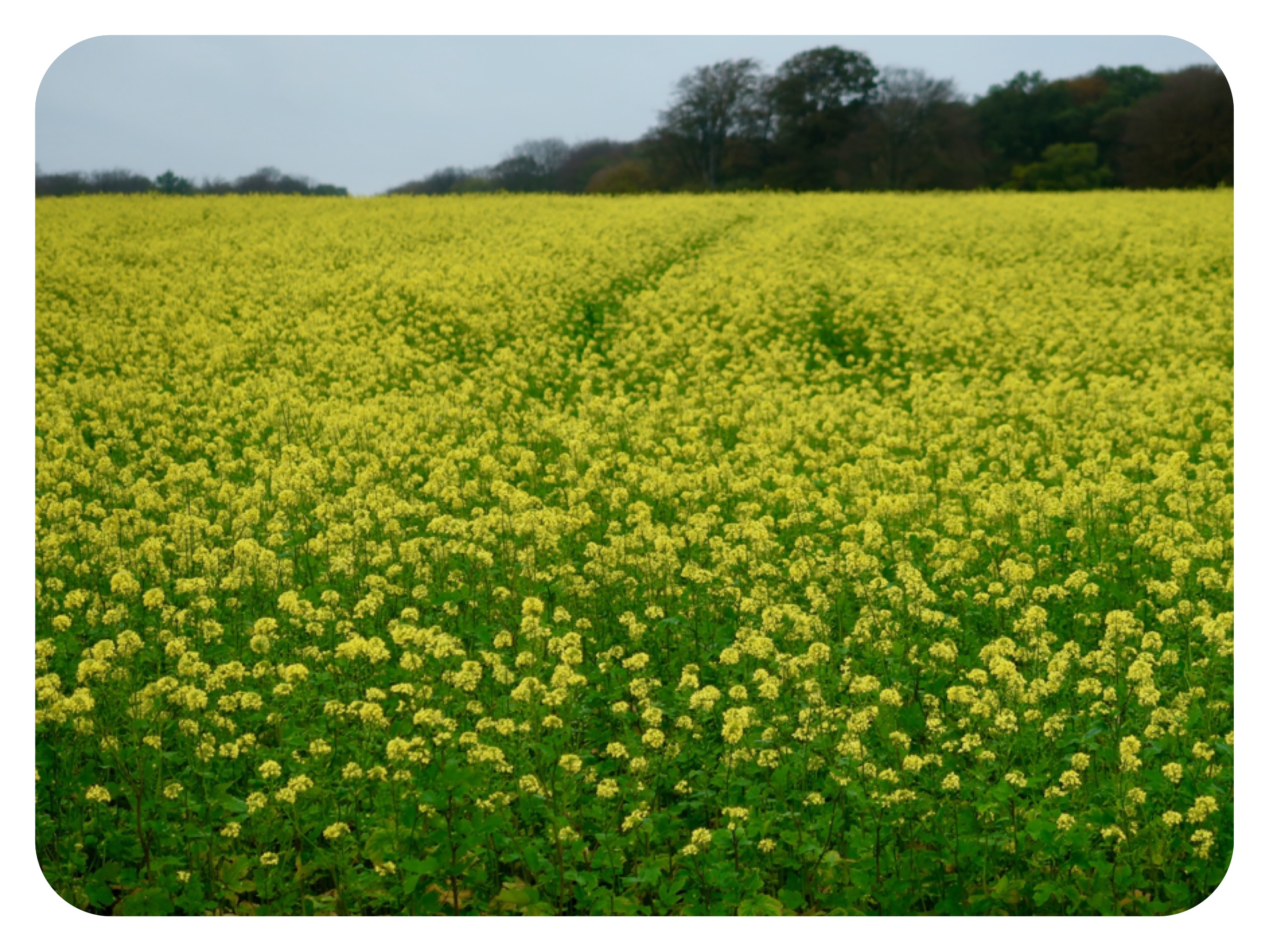
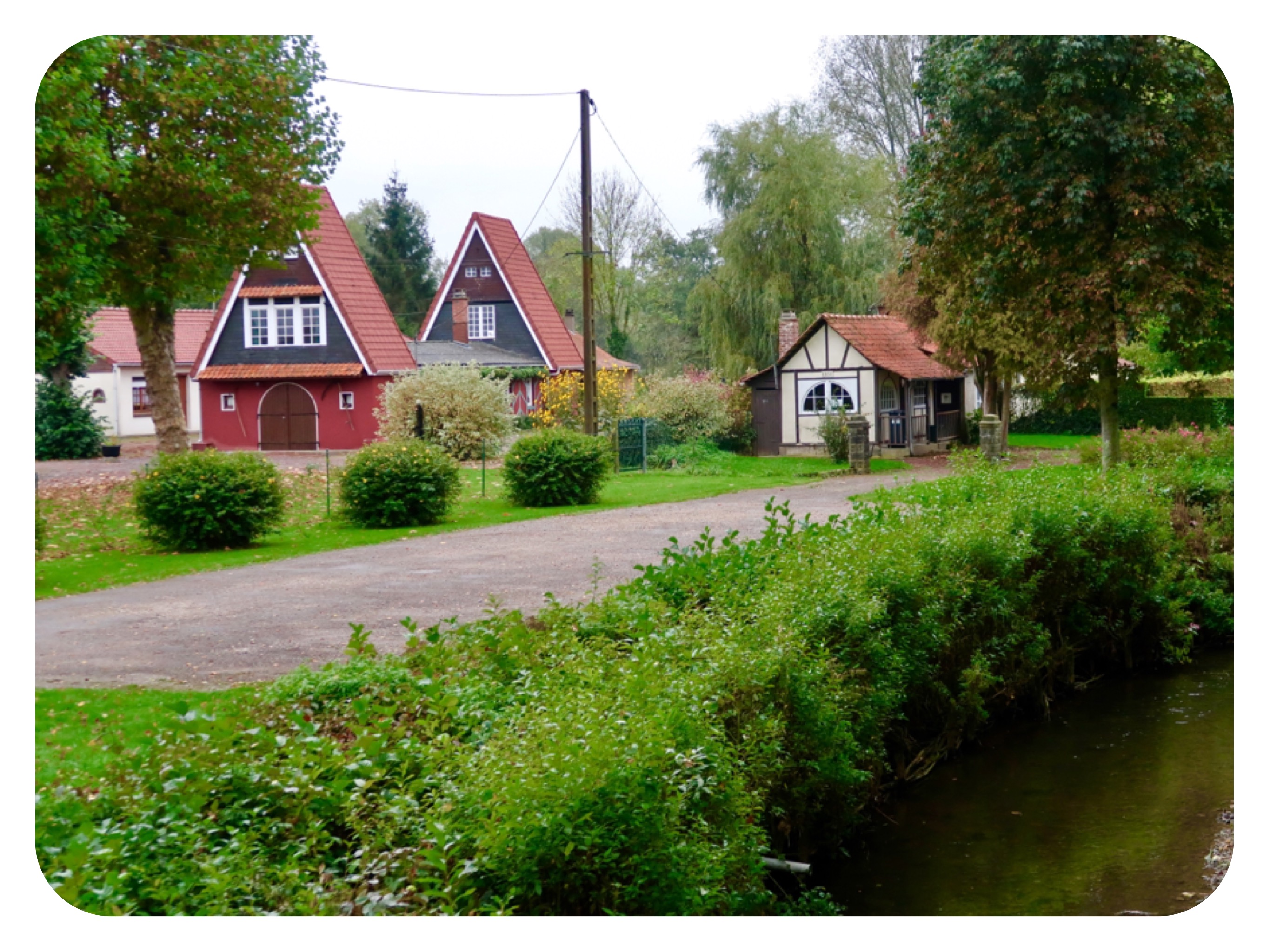
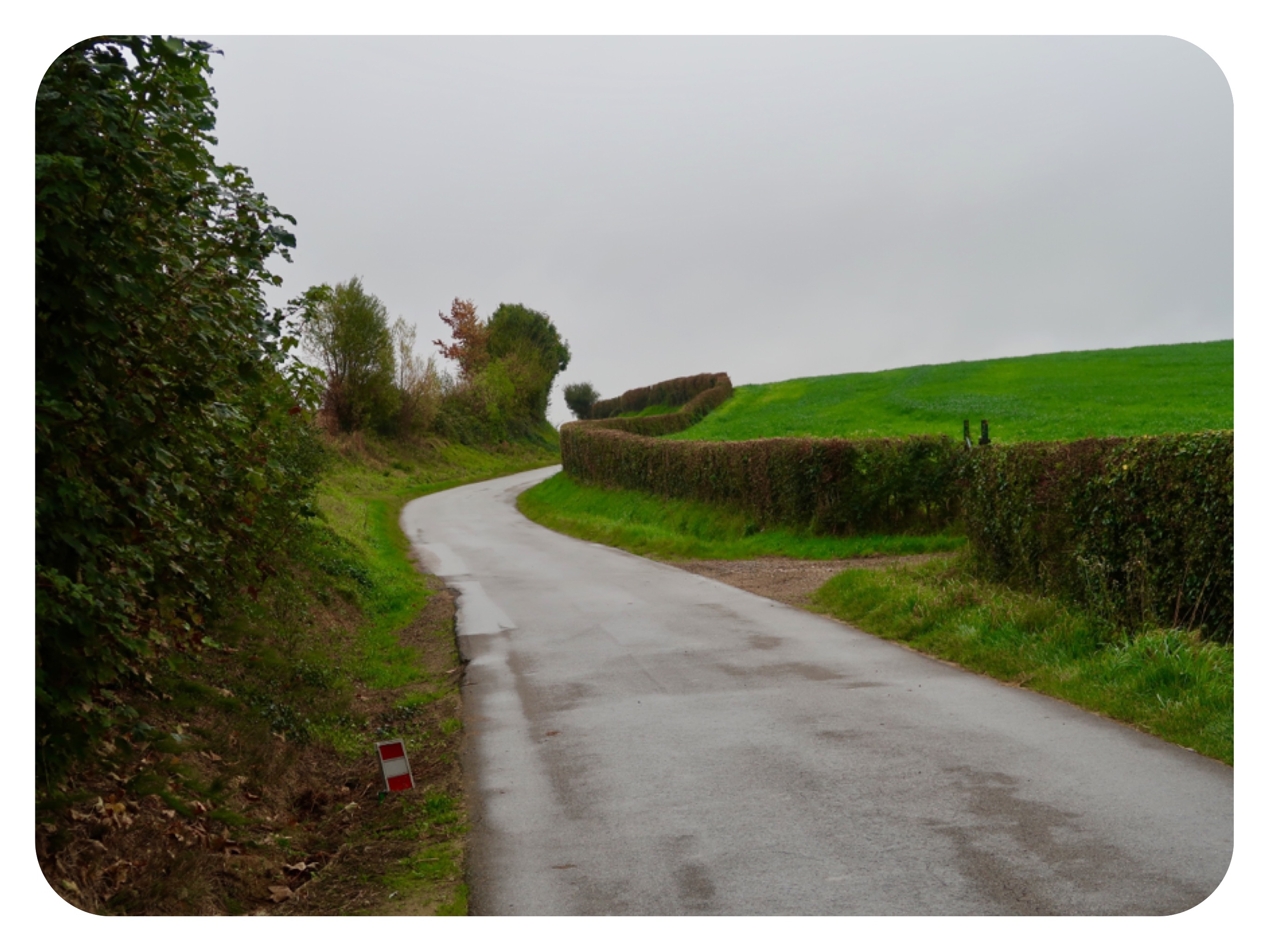
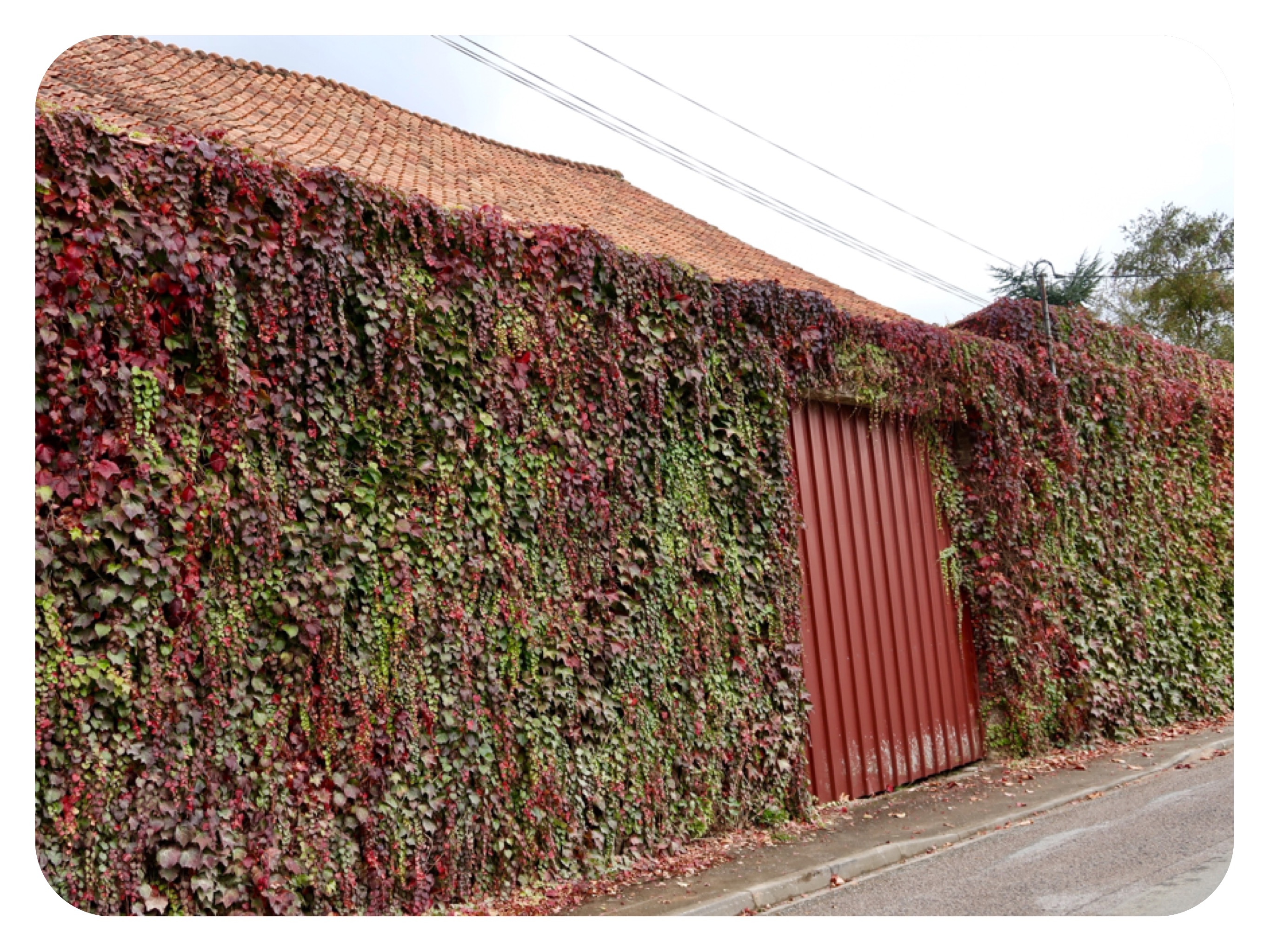
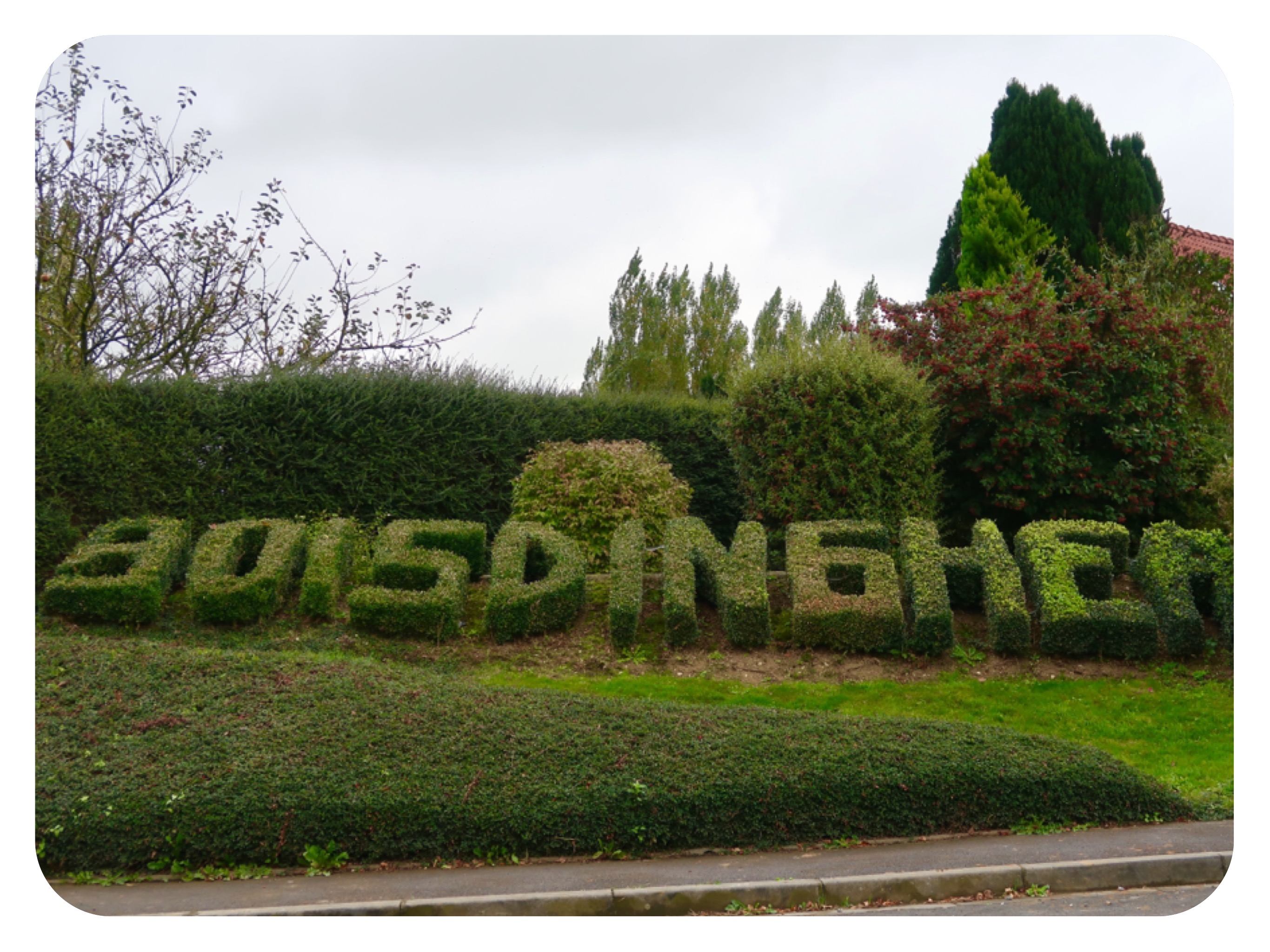
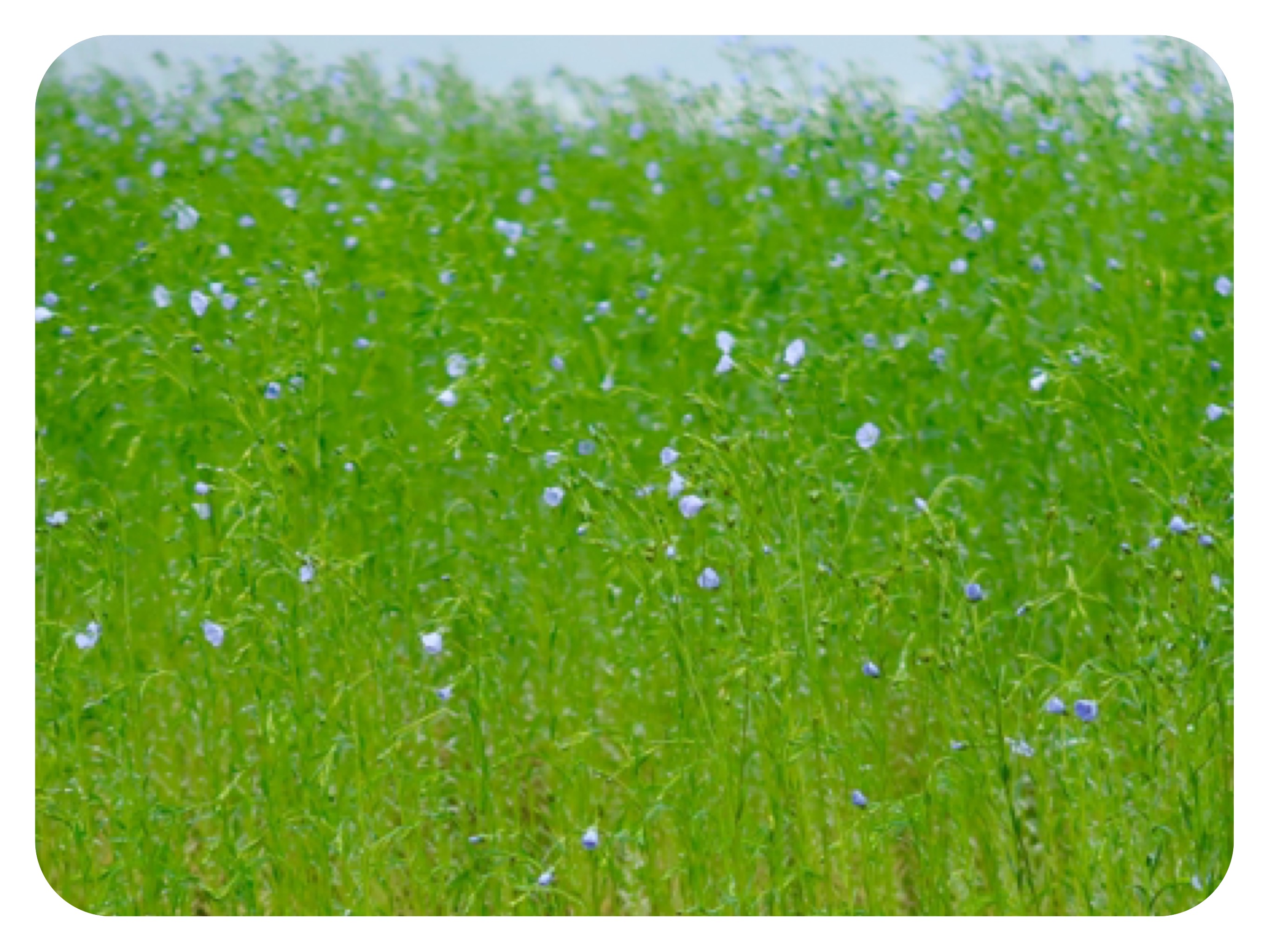
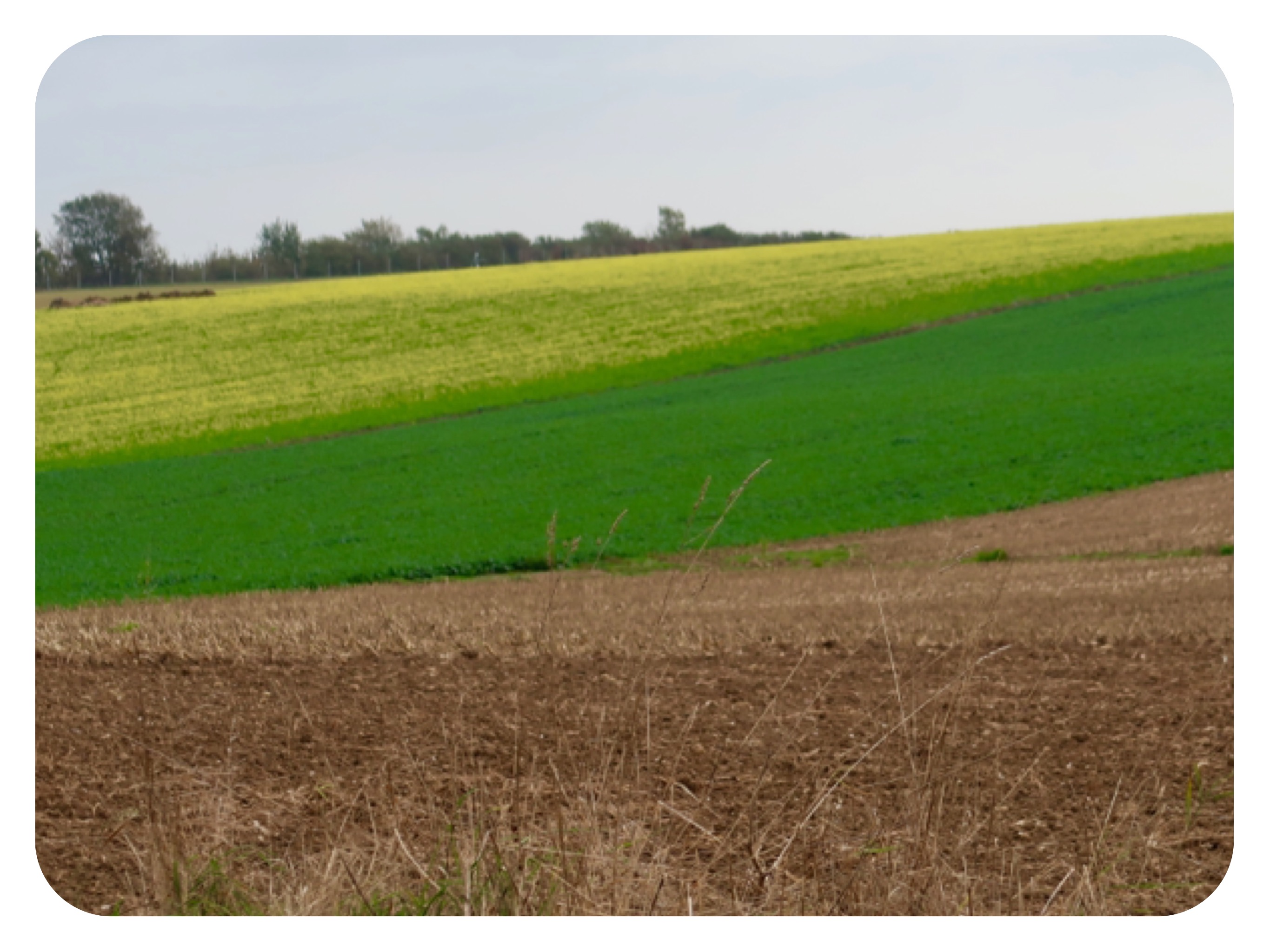
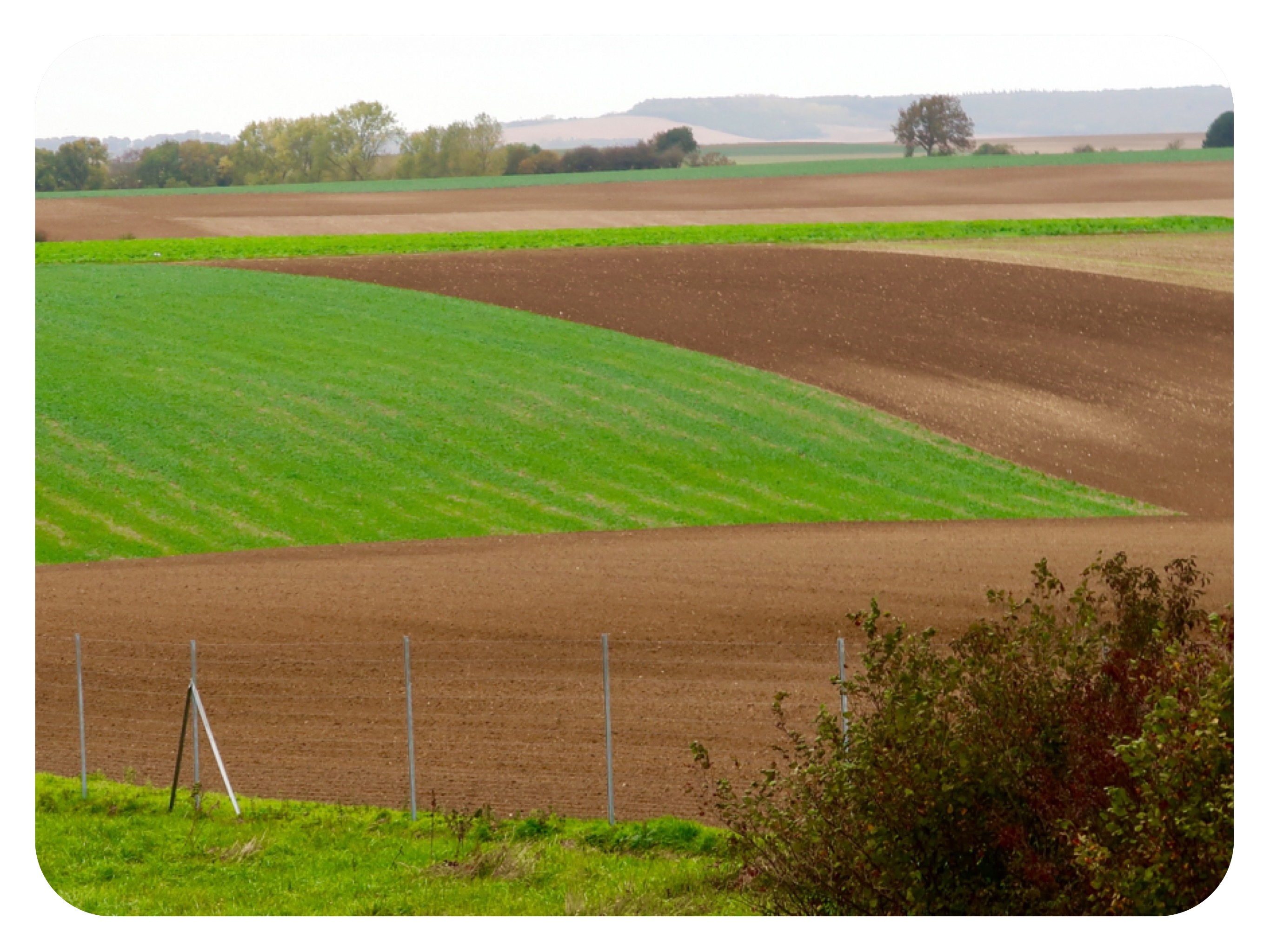
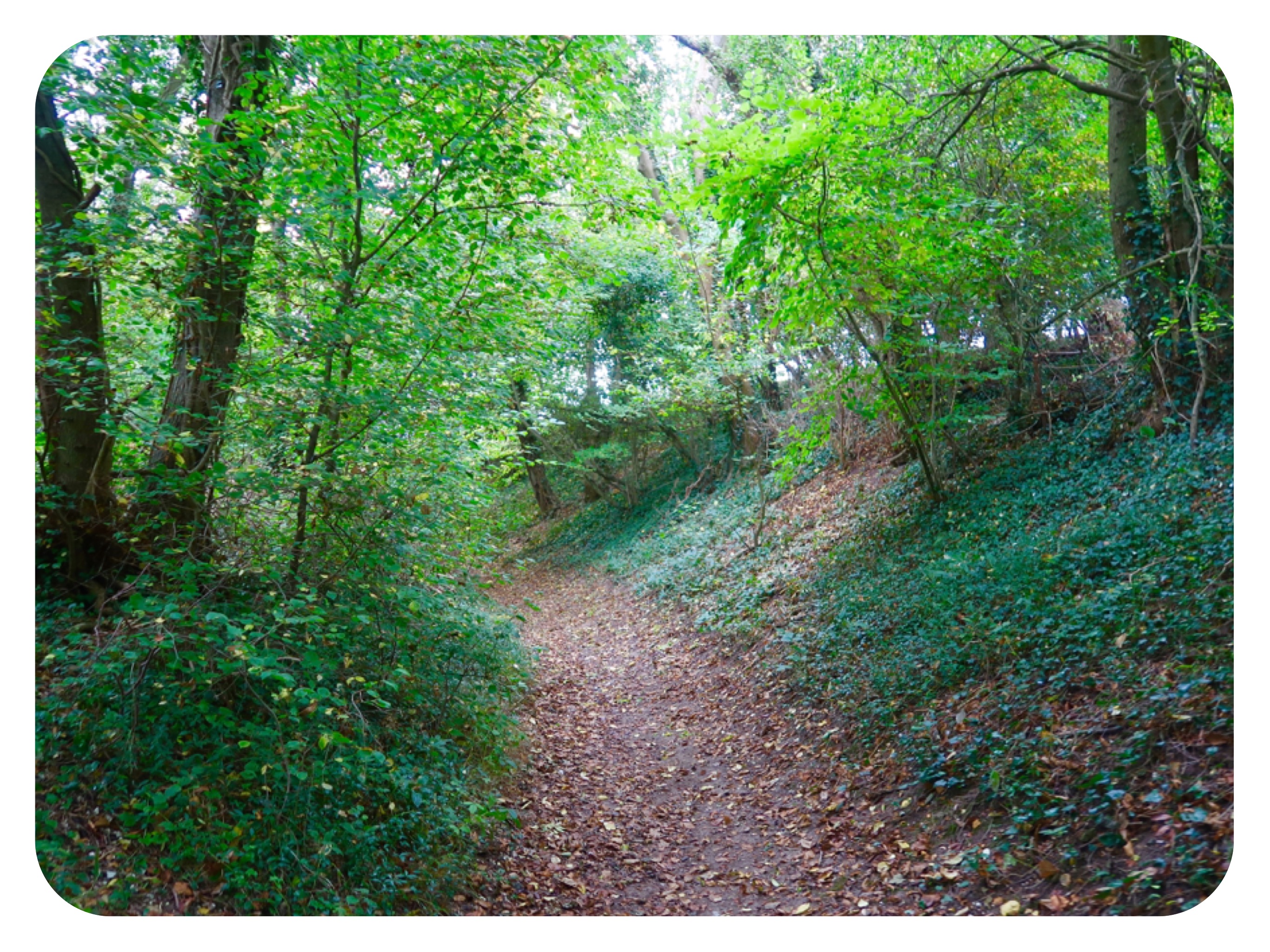
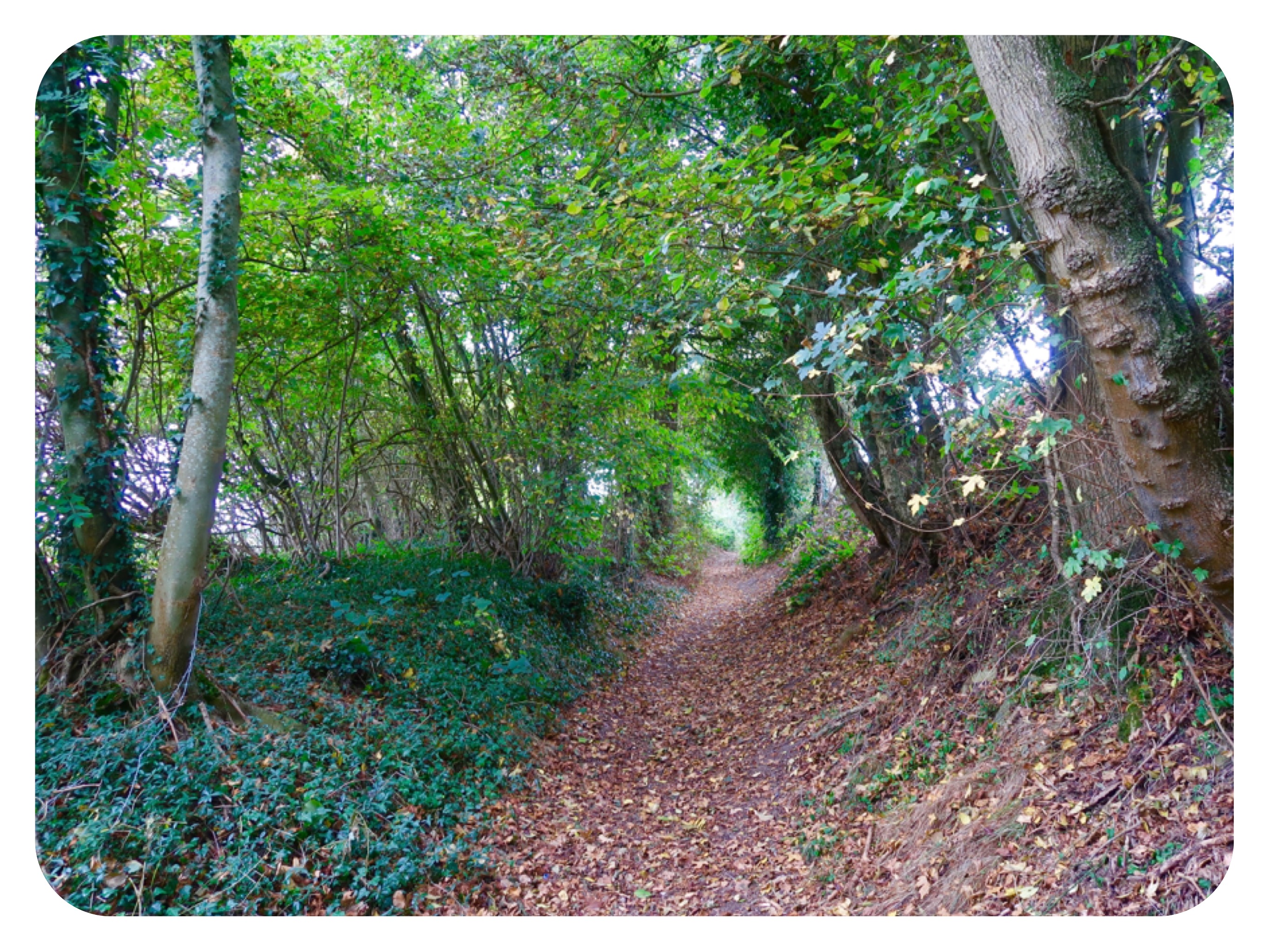
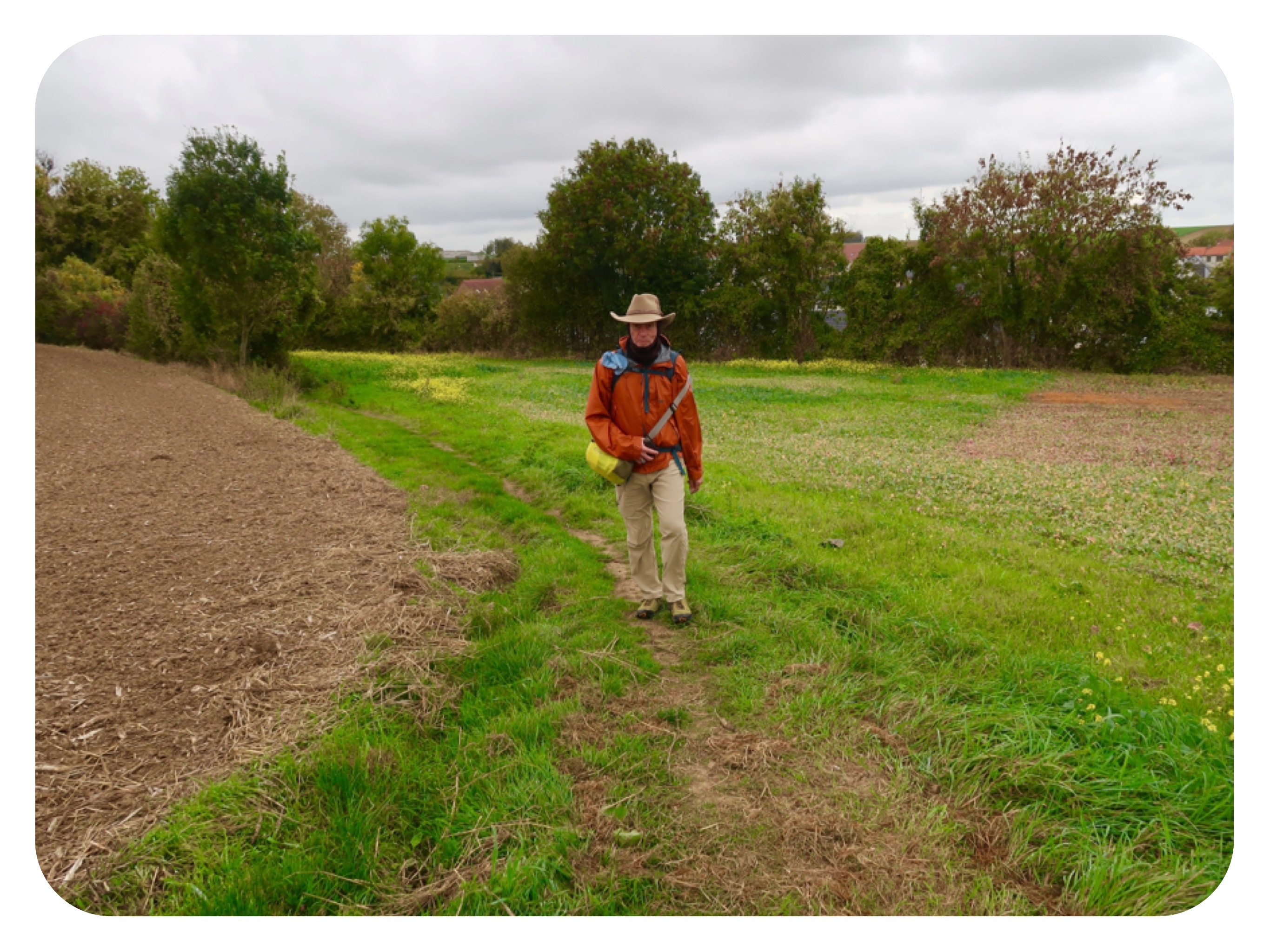
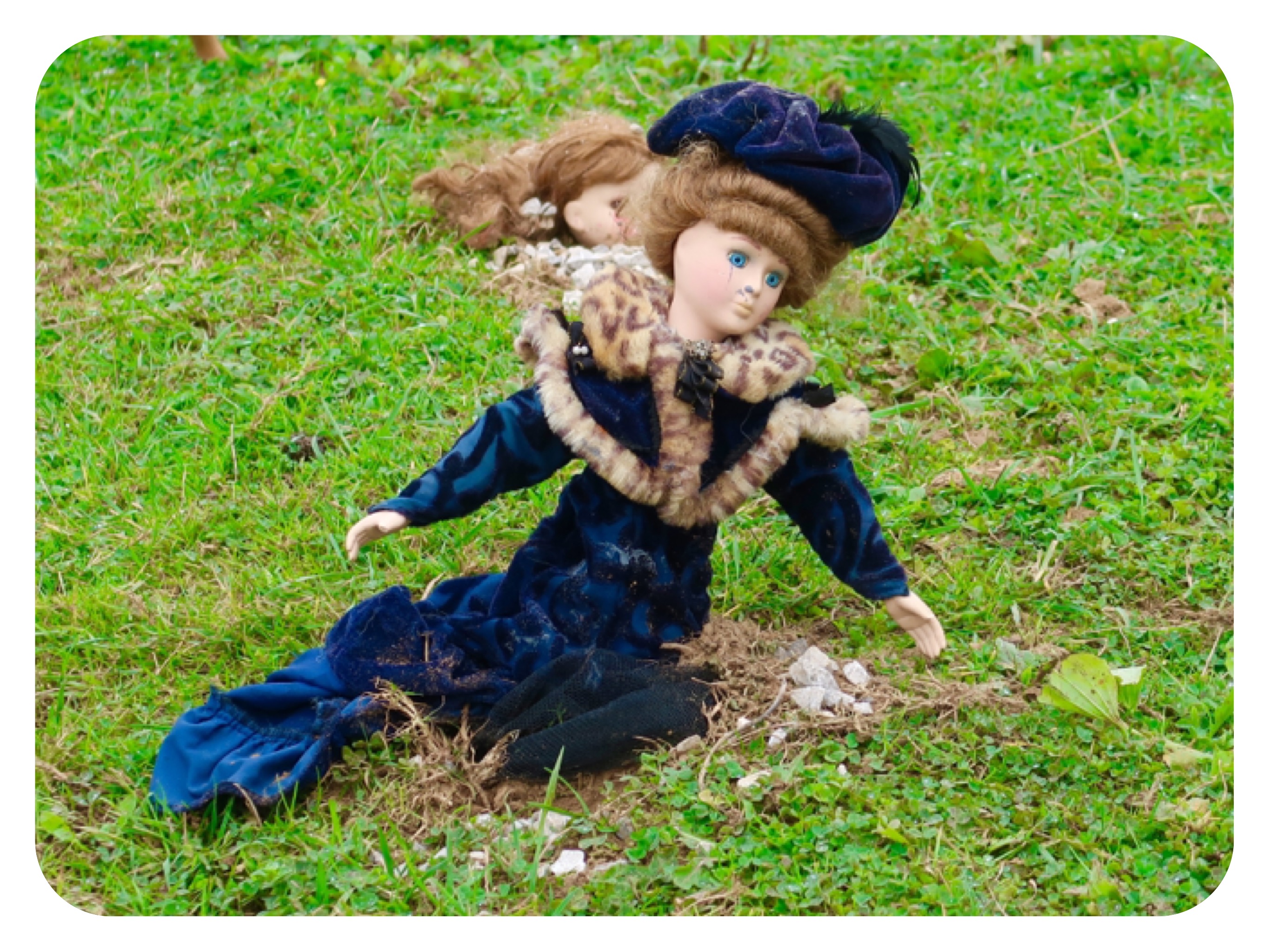 A garden installation in the front of rural house
A garden installation in the front of rural house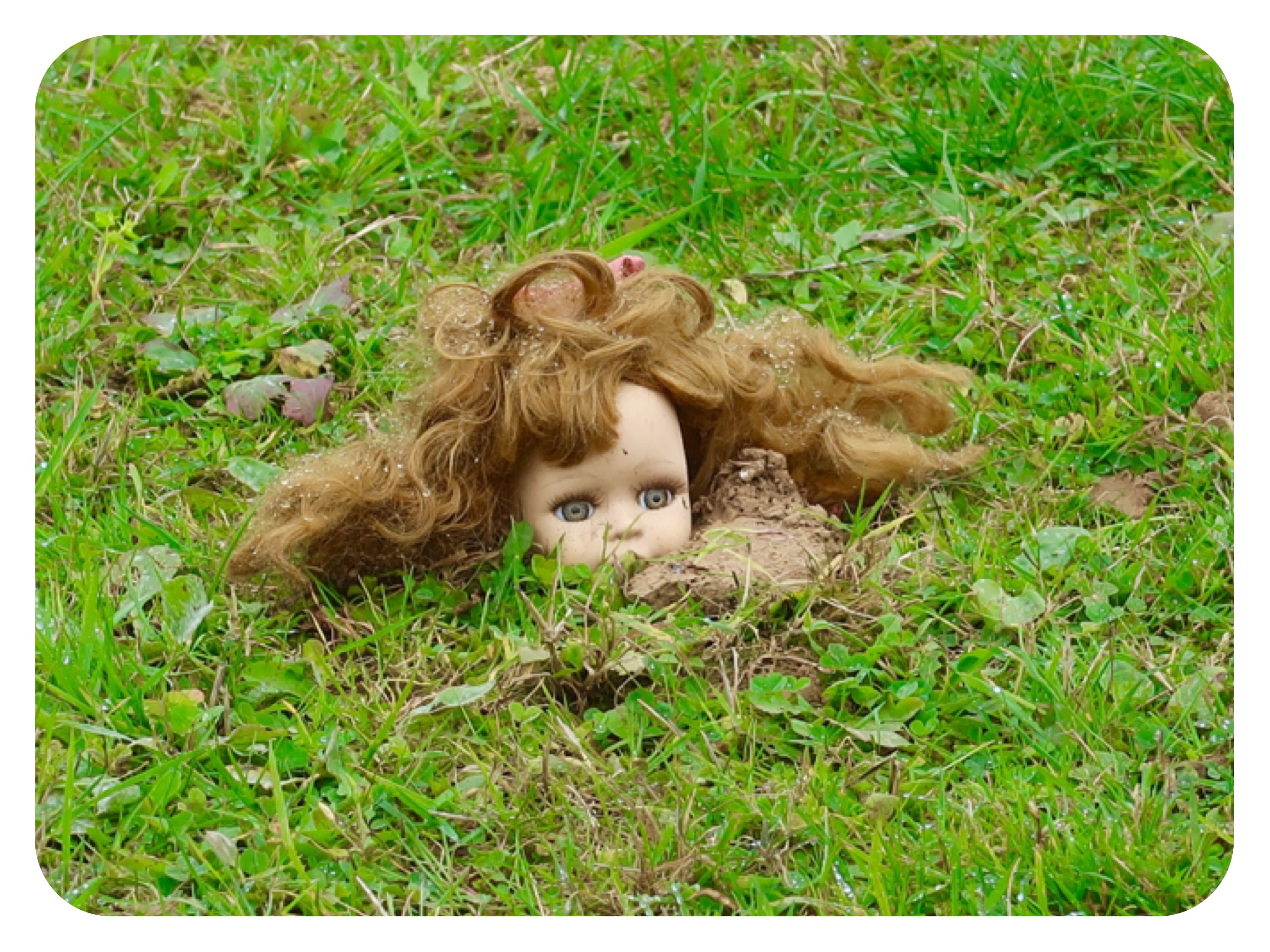
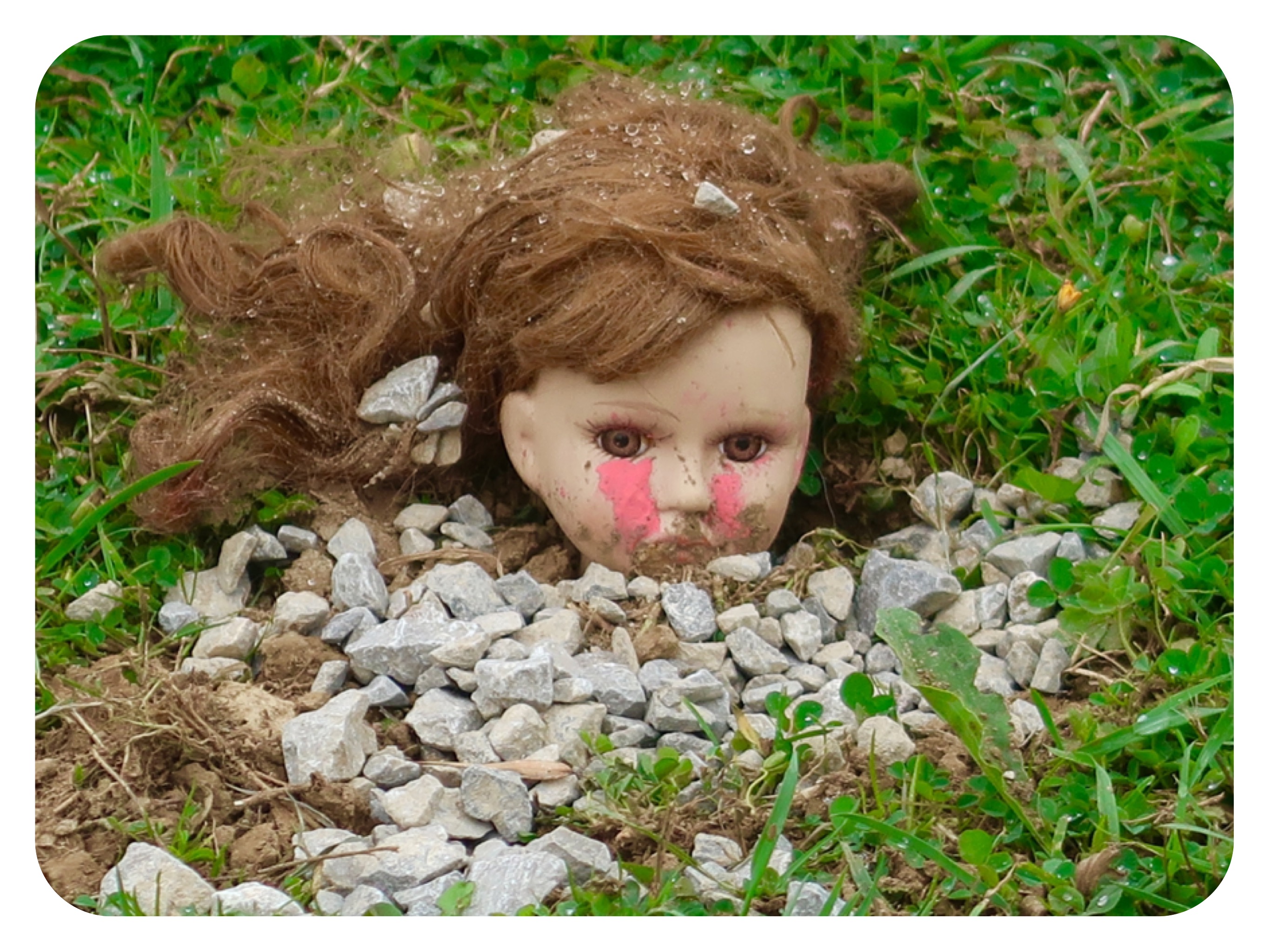
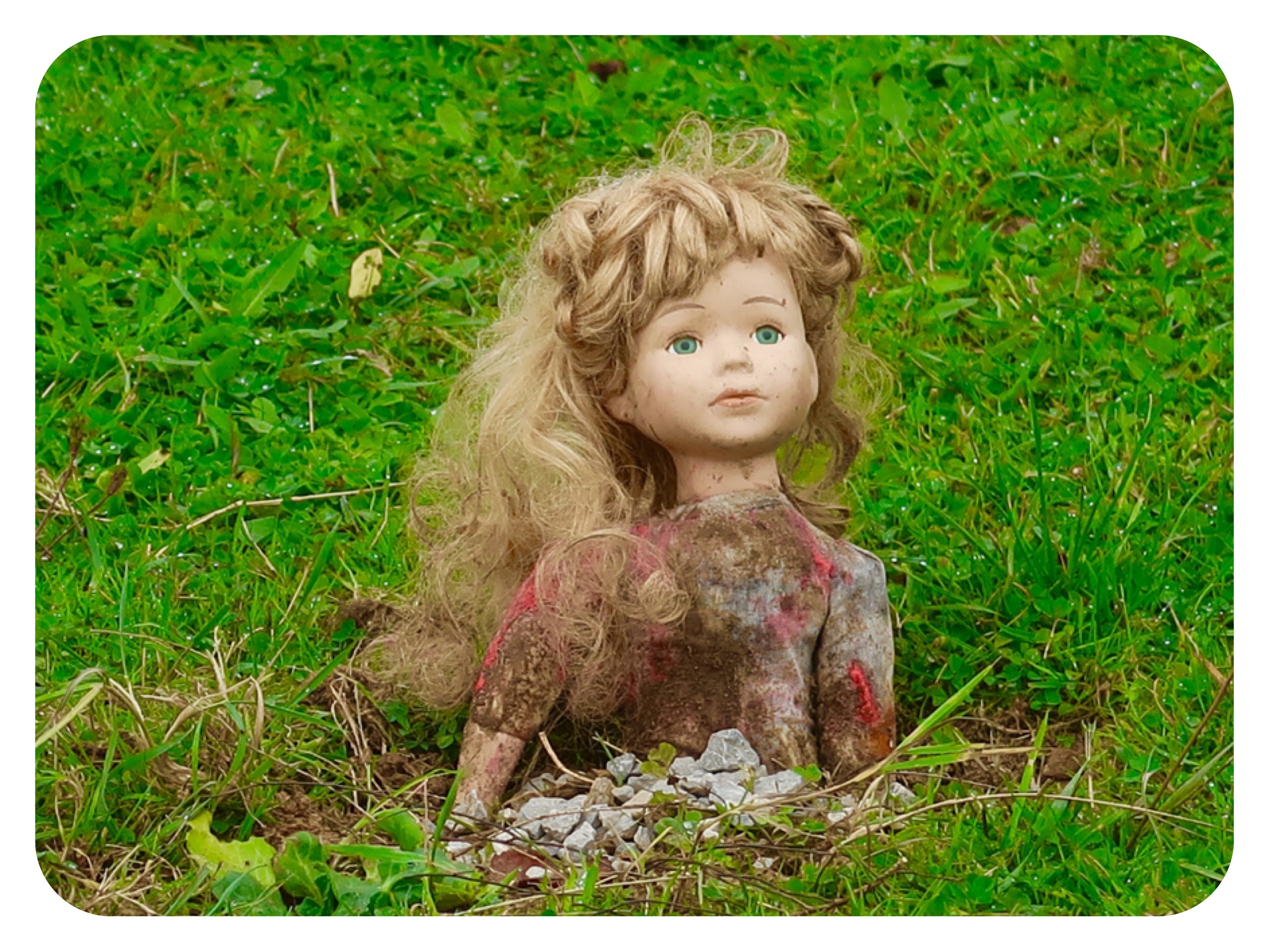
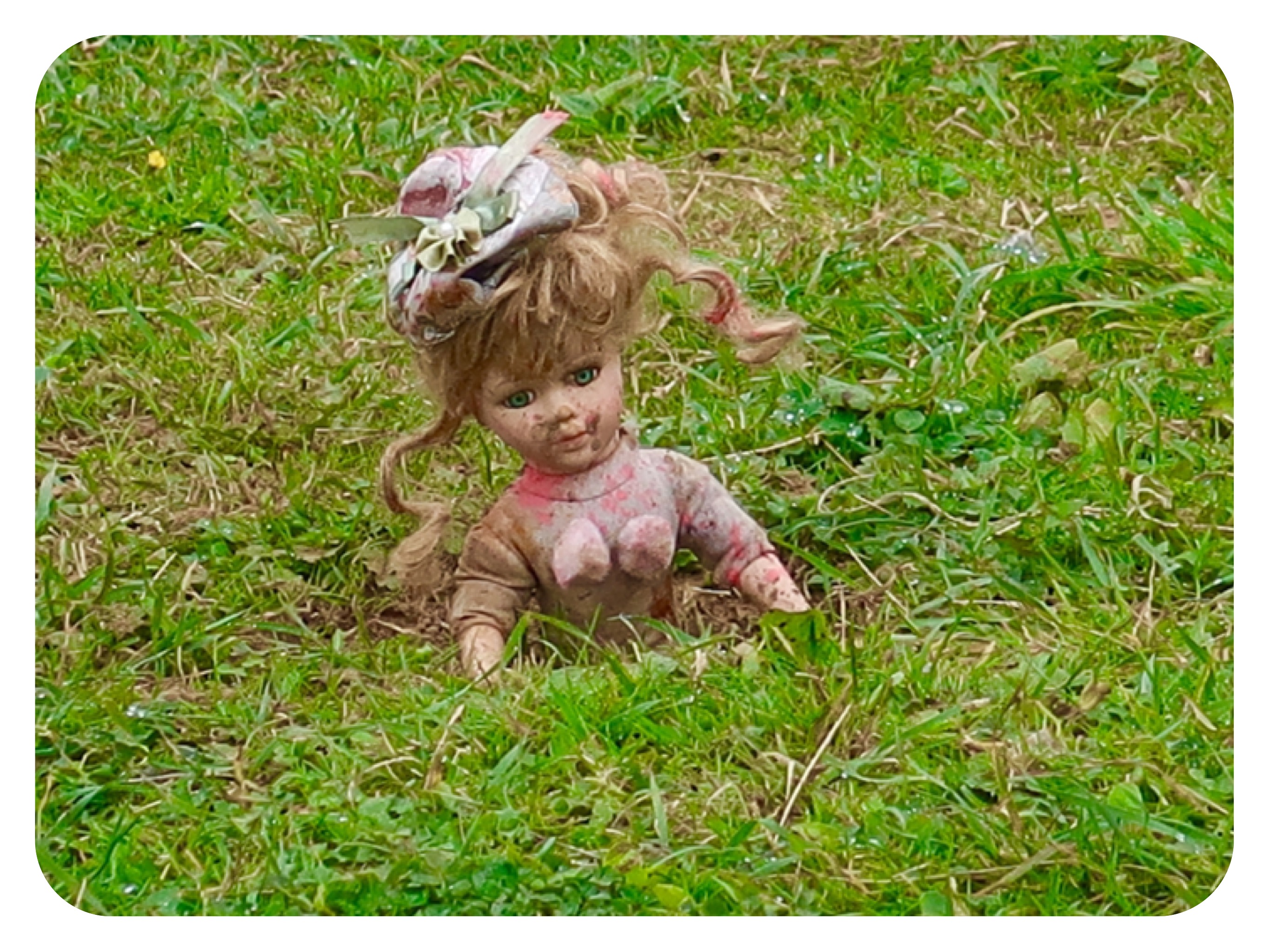
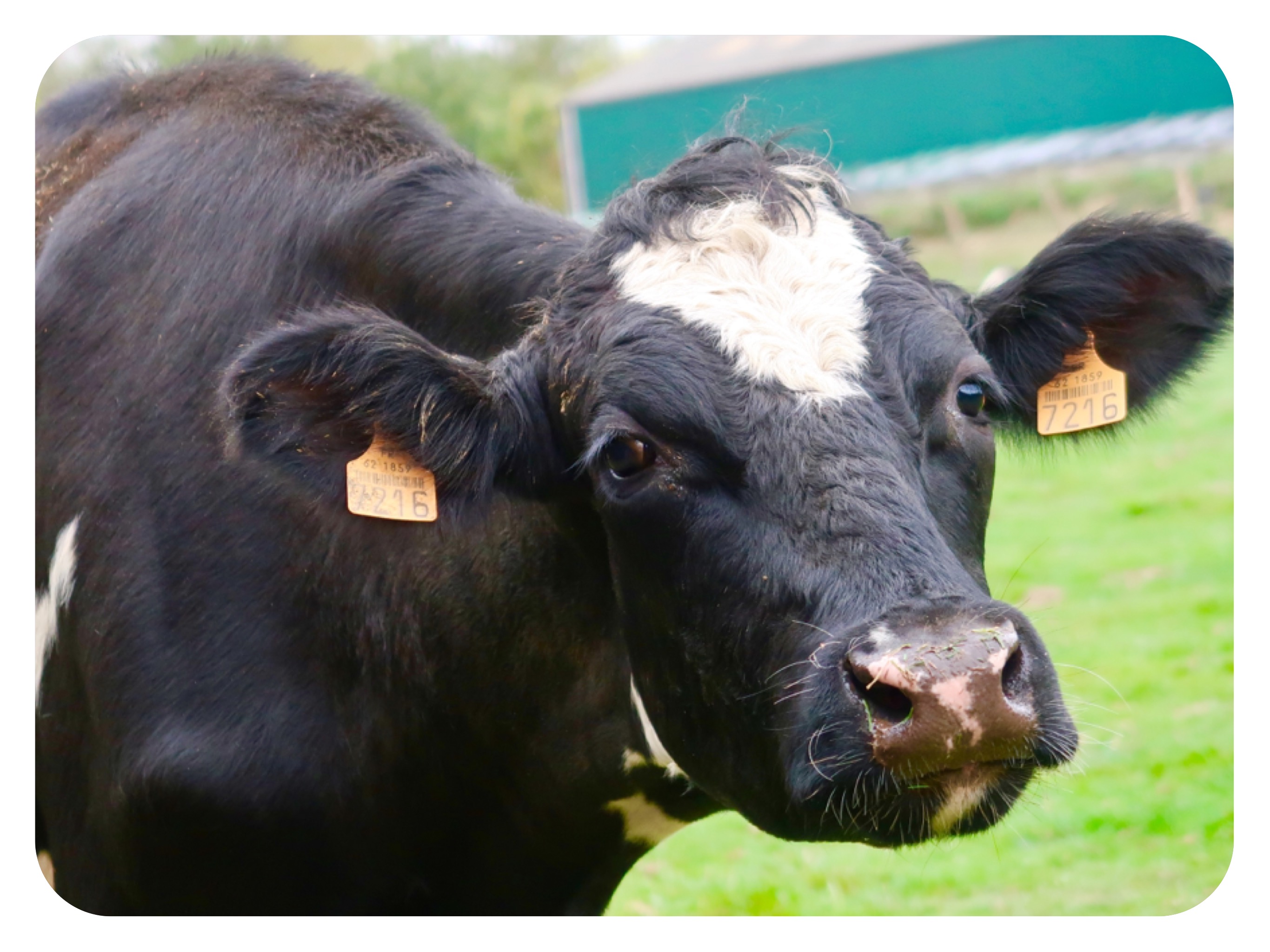
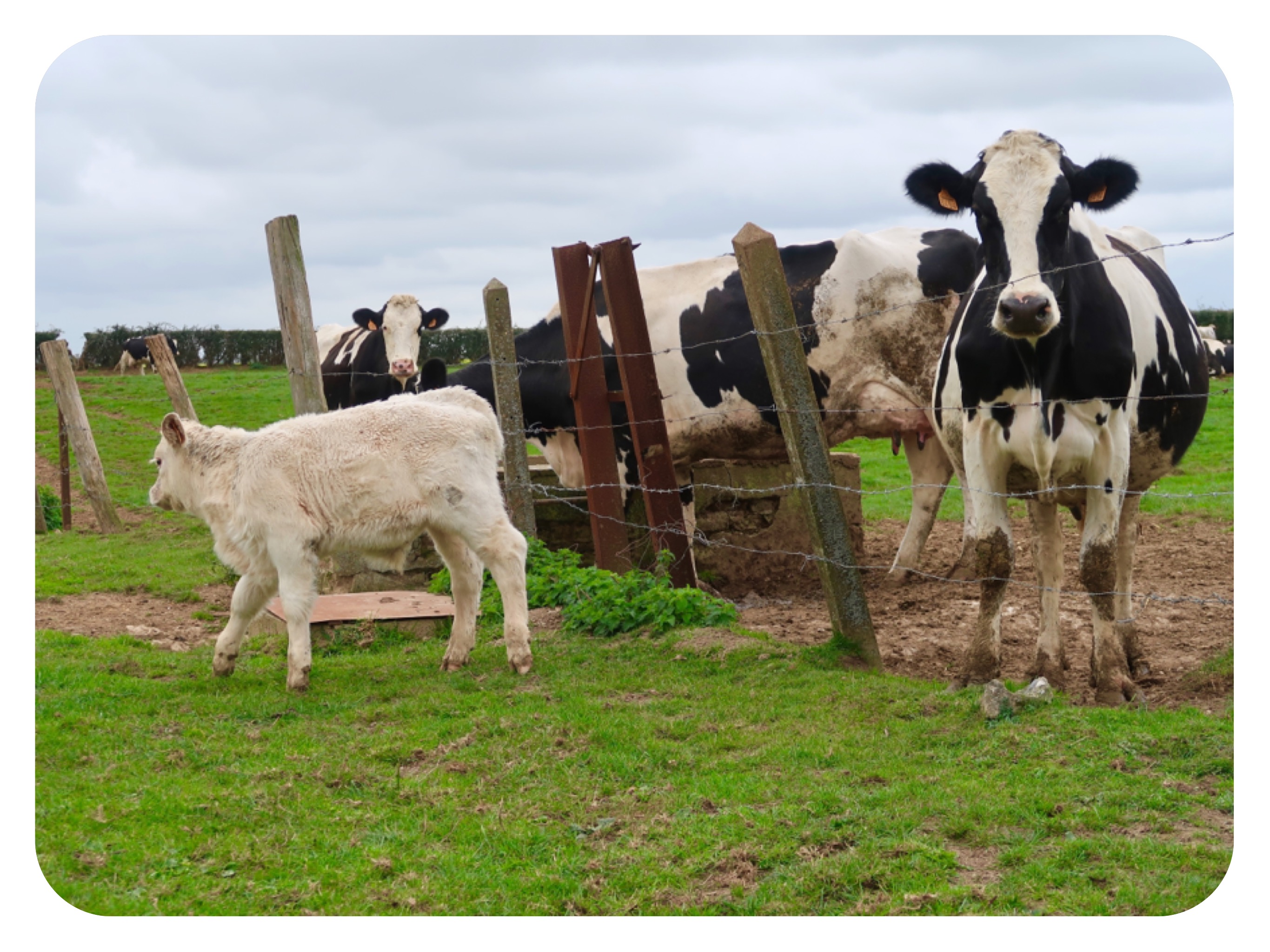
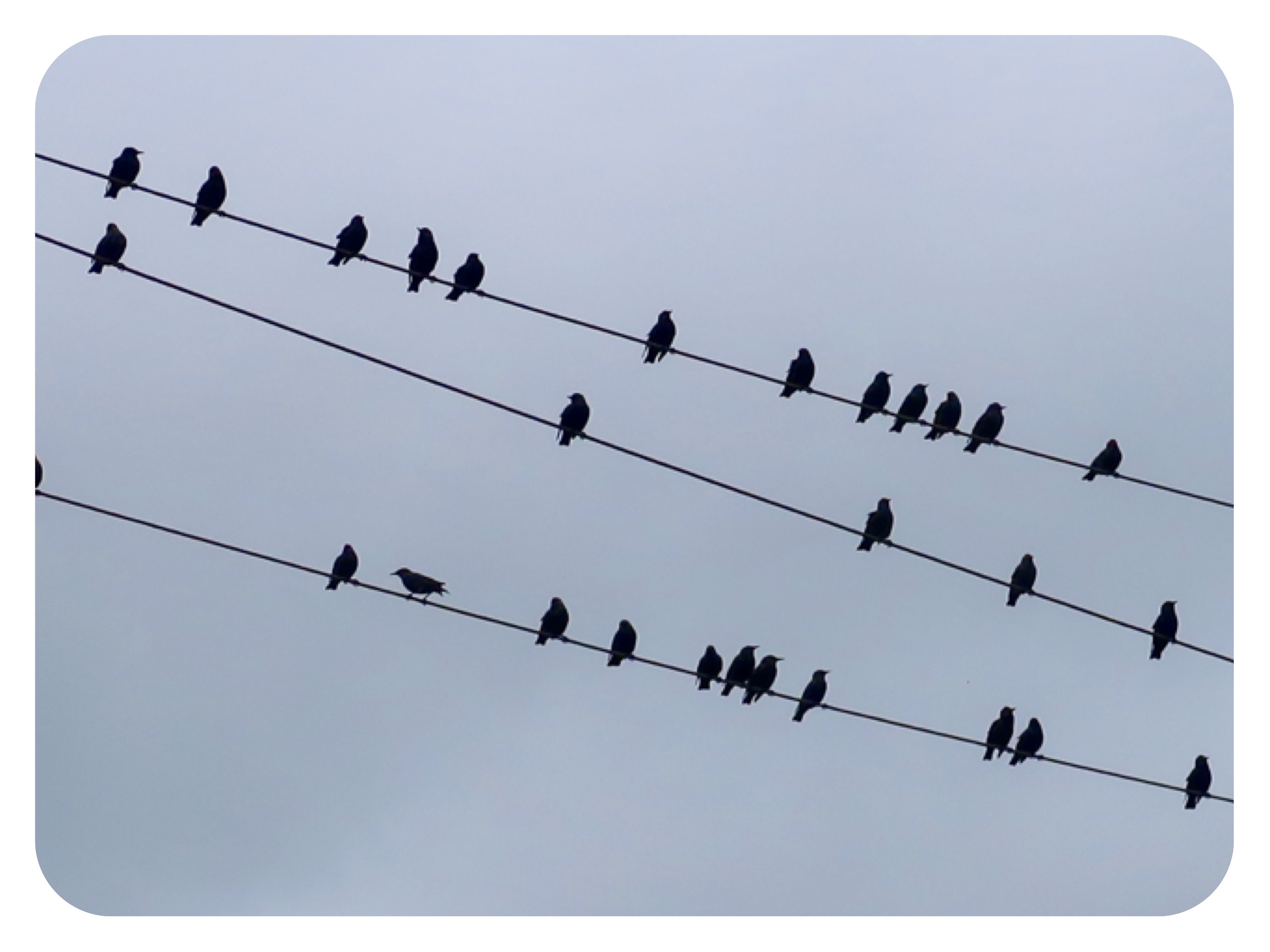
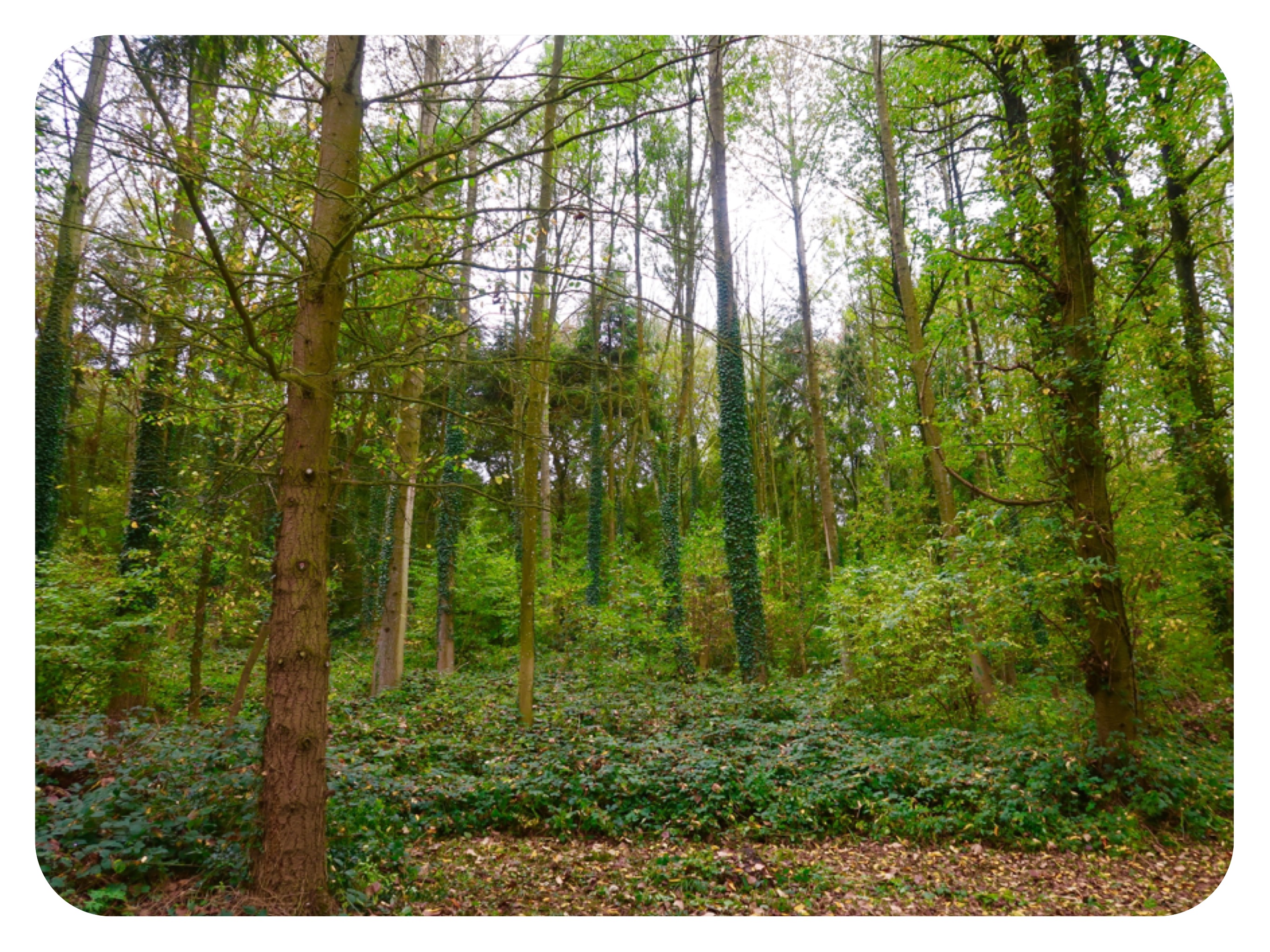
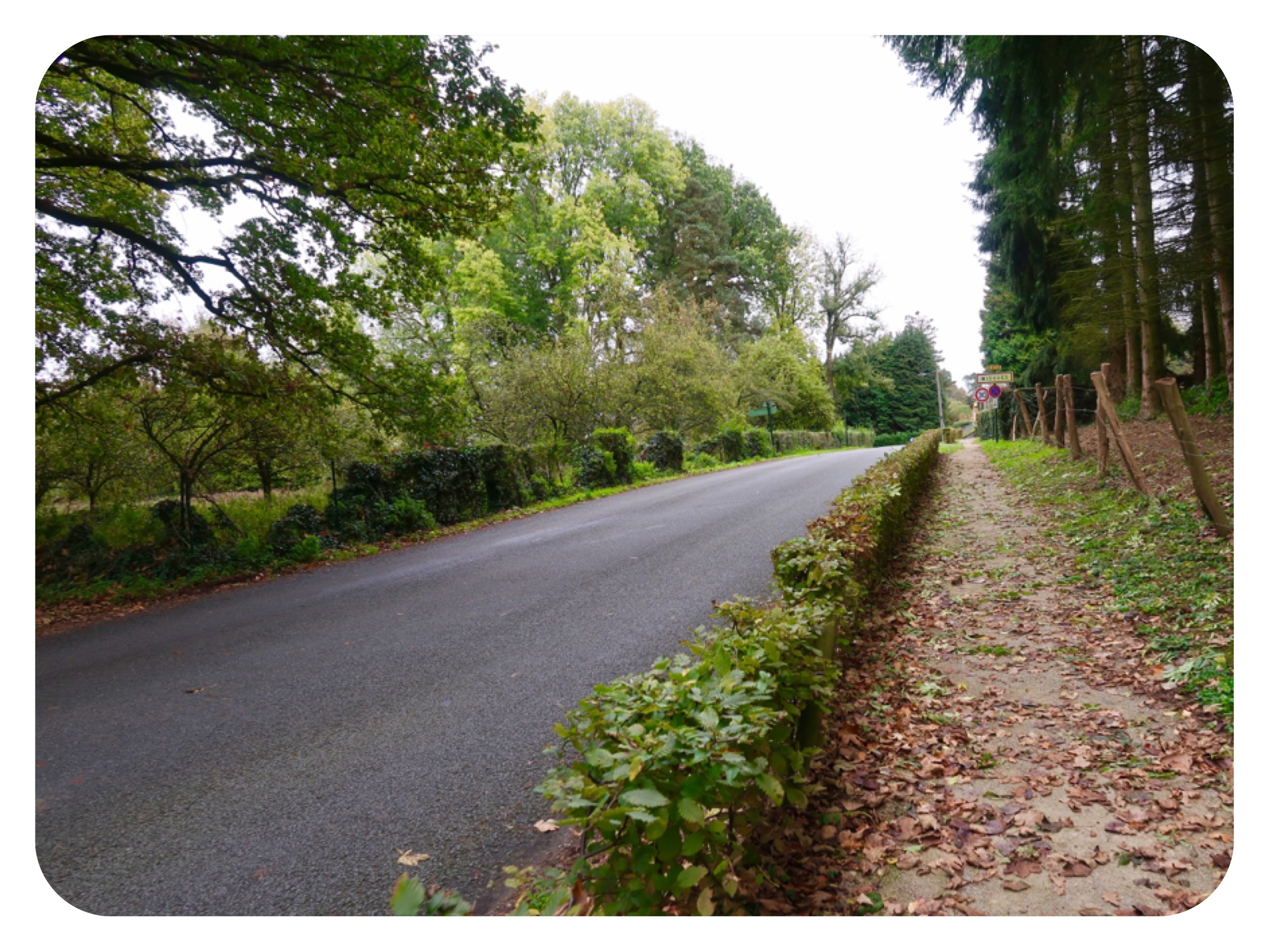
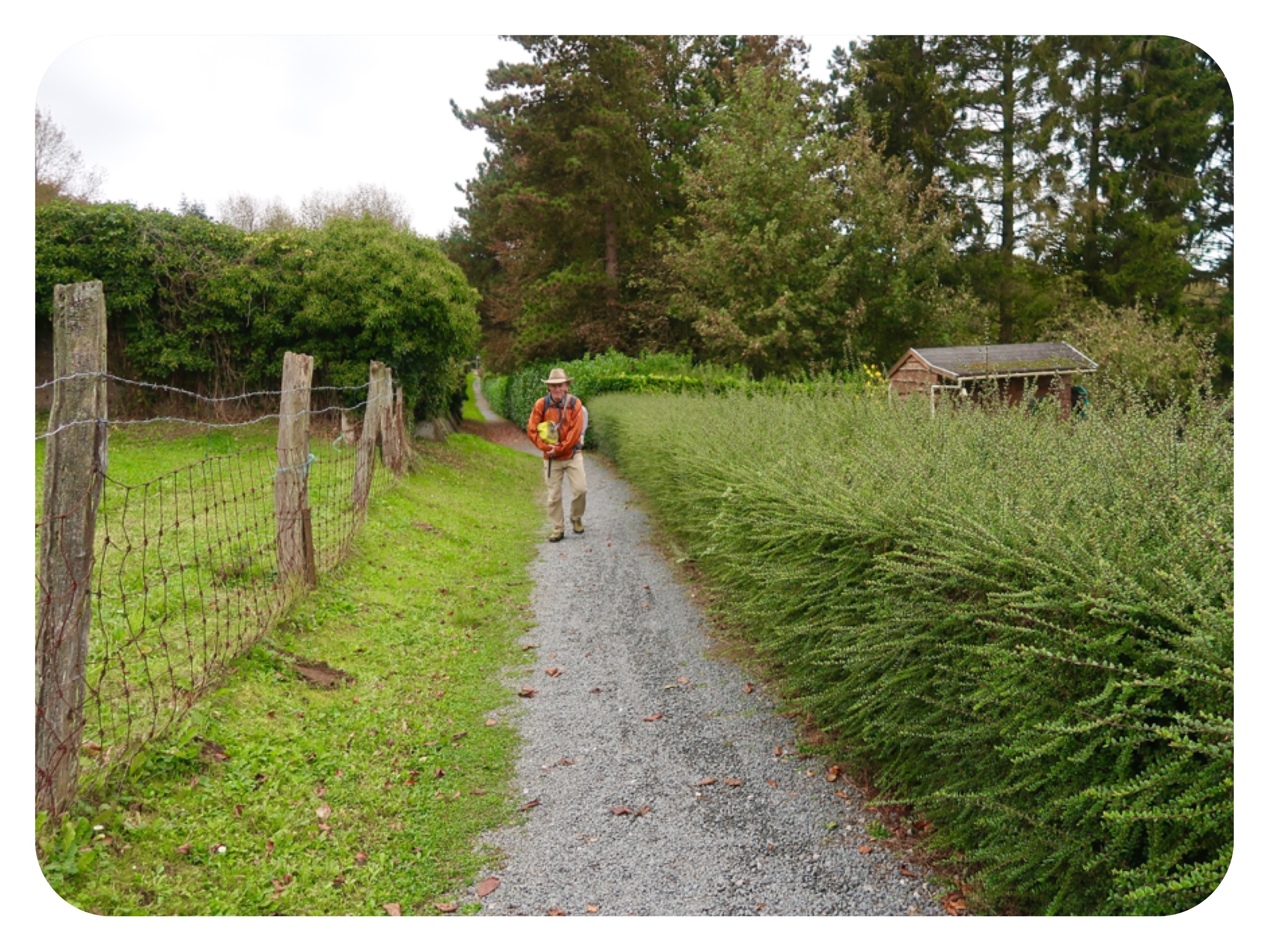
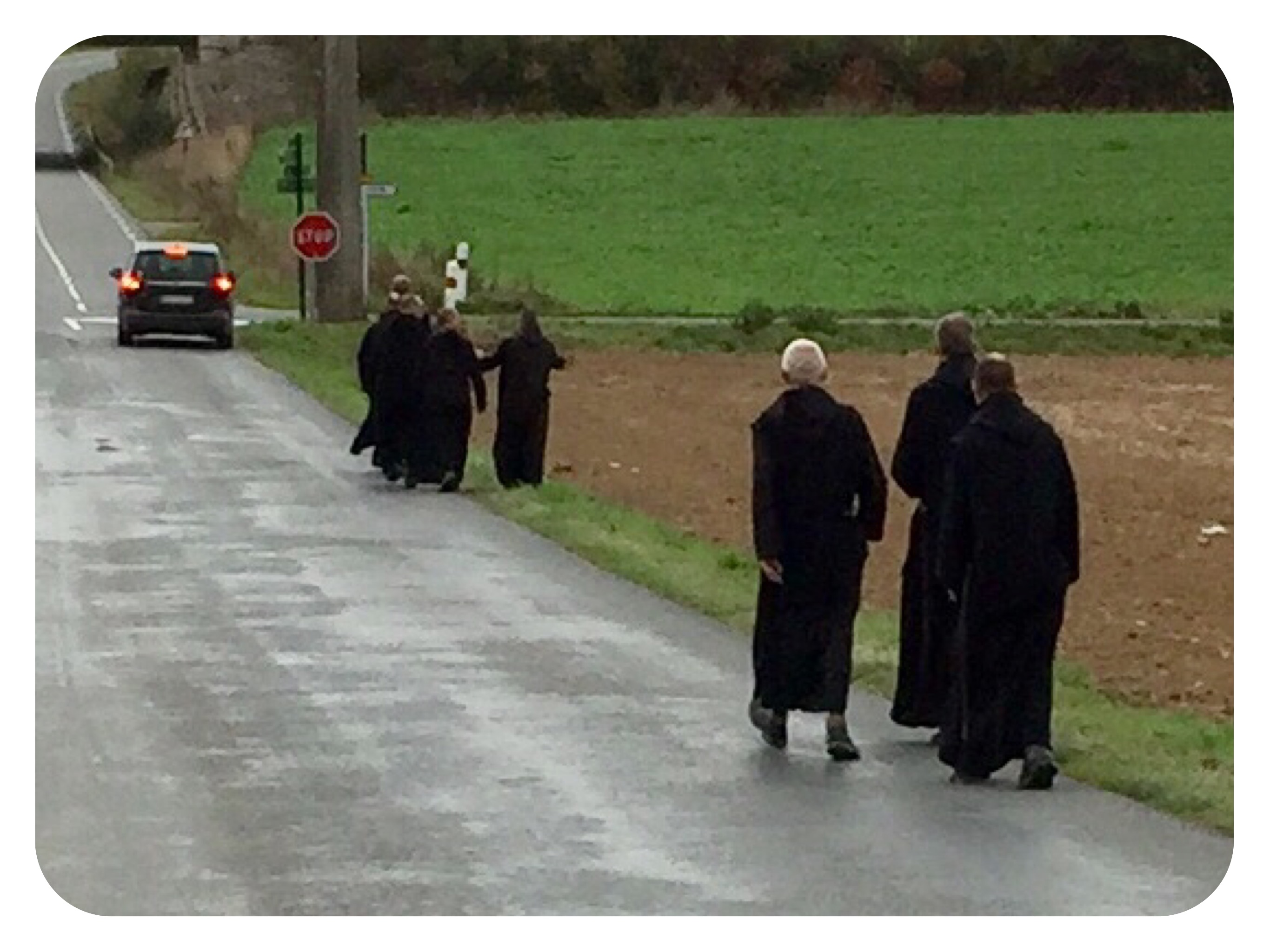
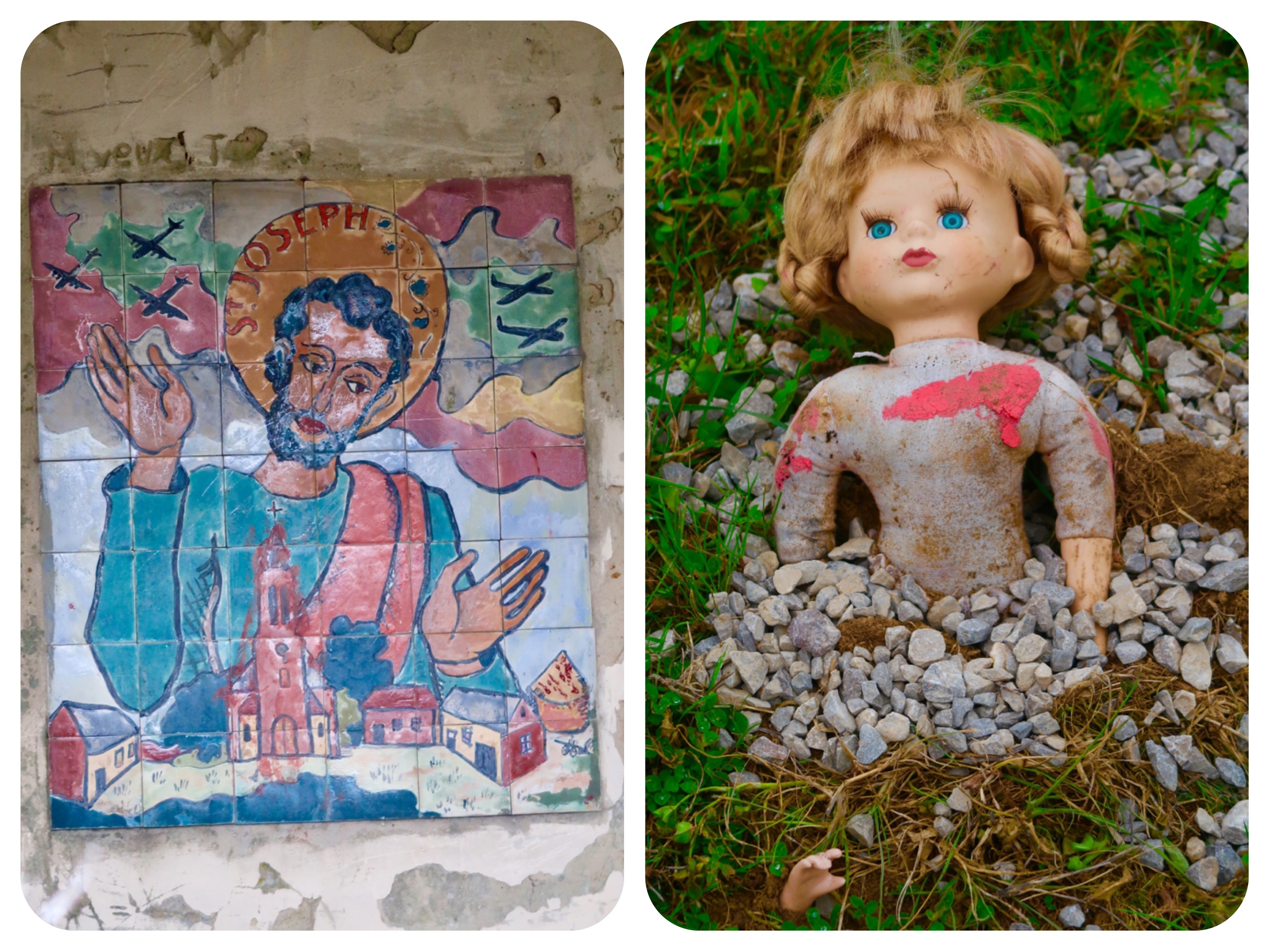
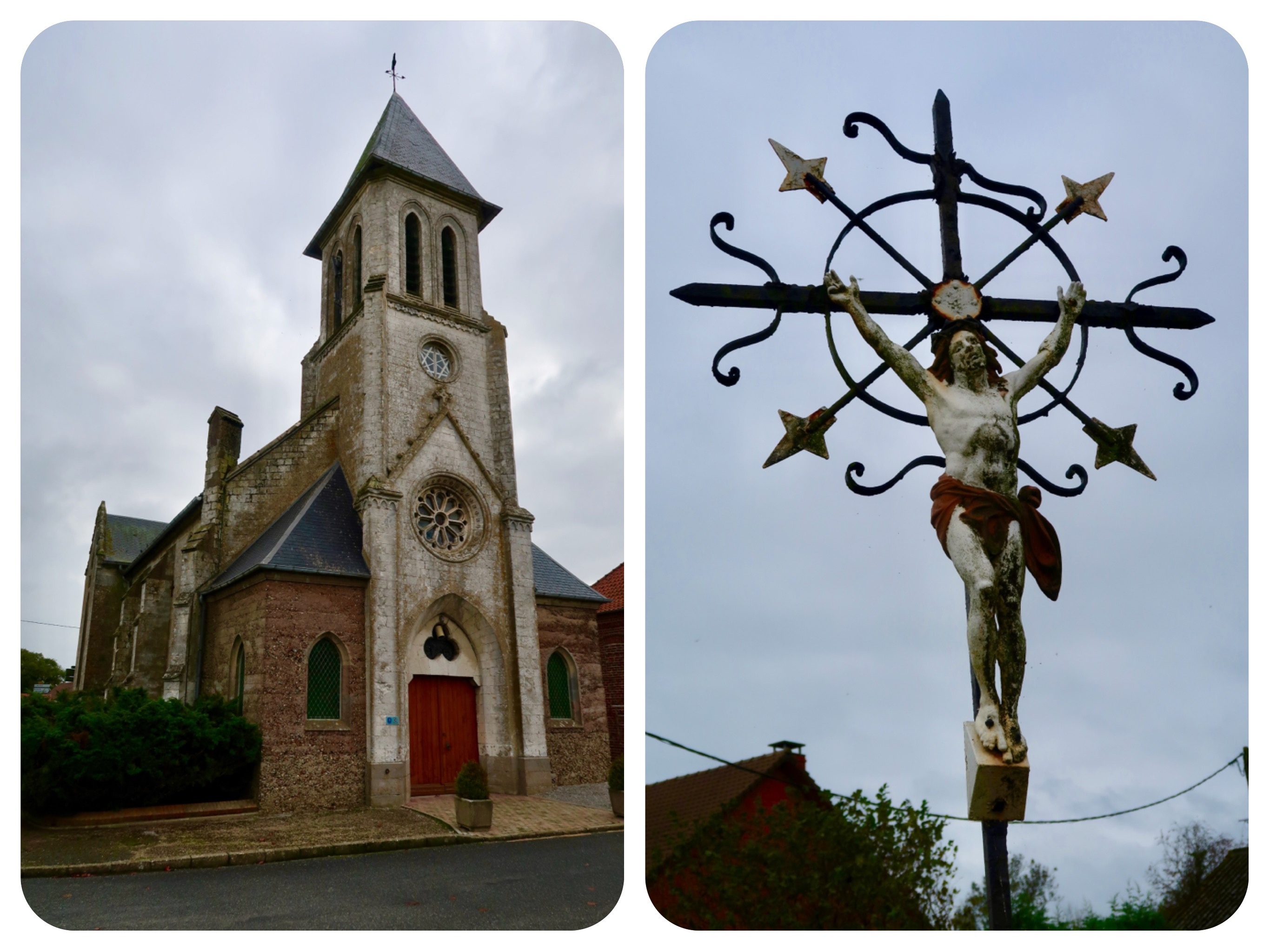
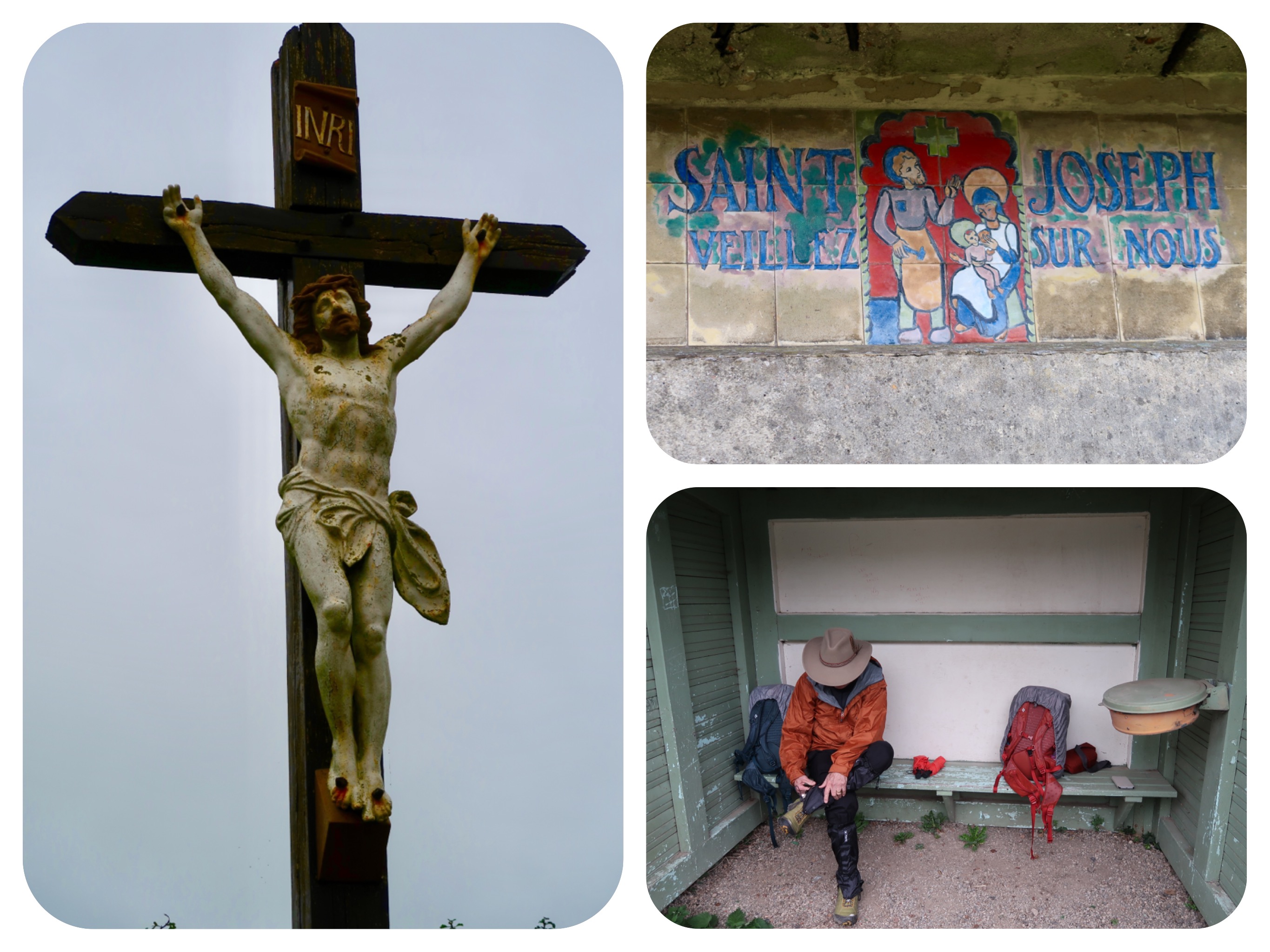
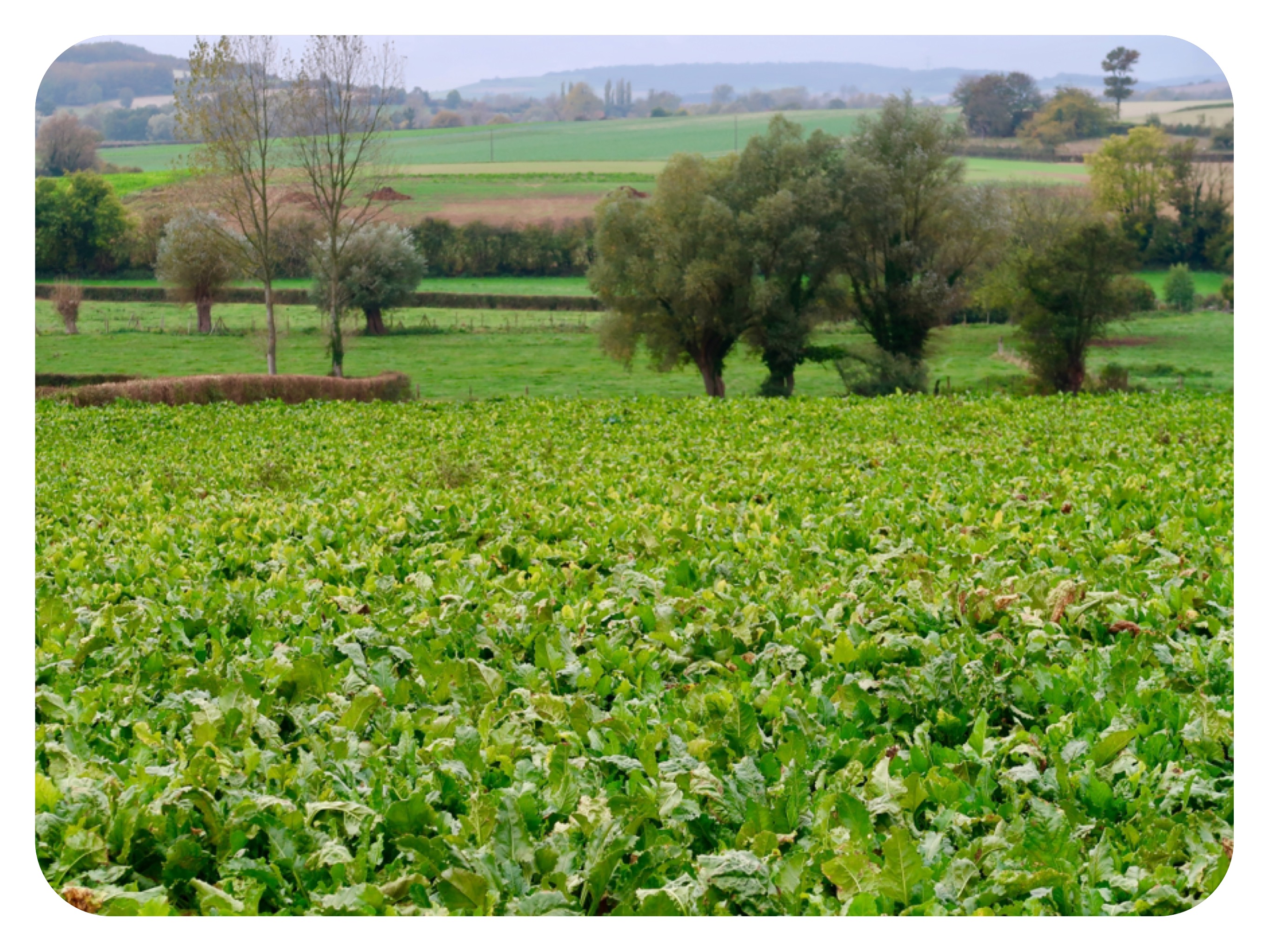 Fields of sugar beet
Fields of sugar beet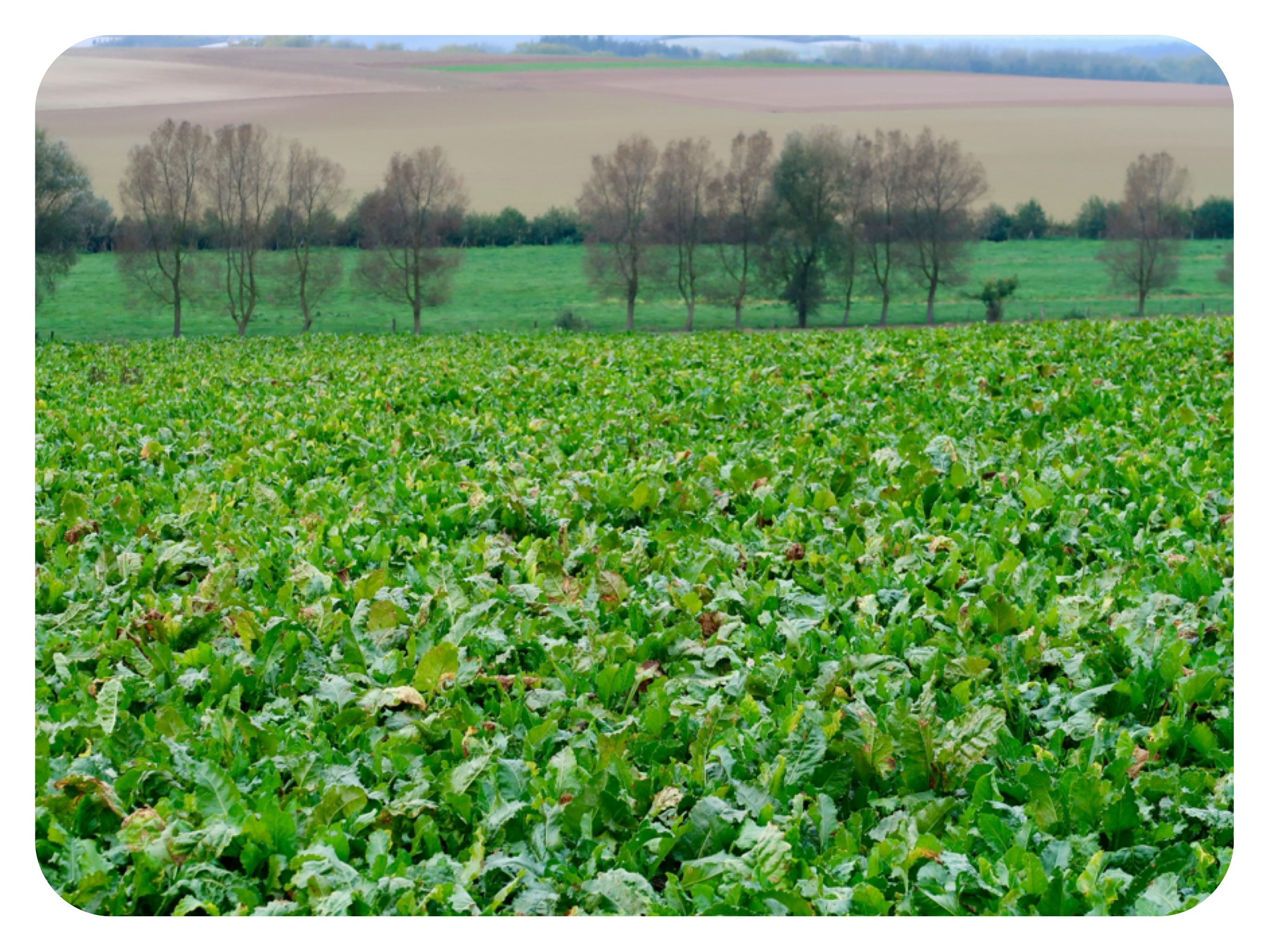
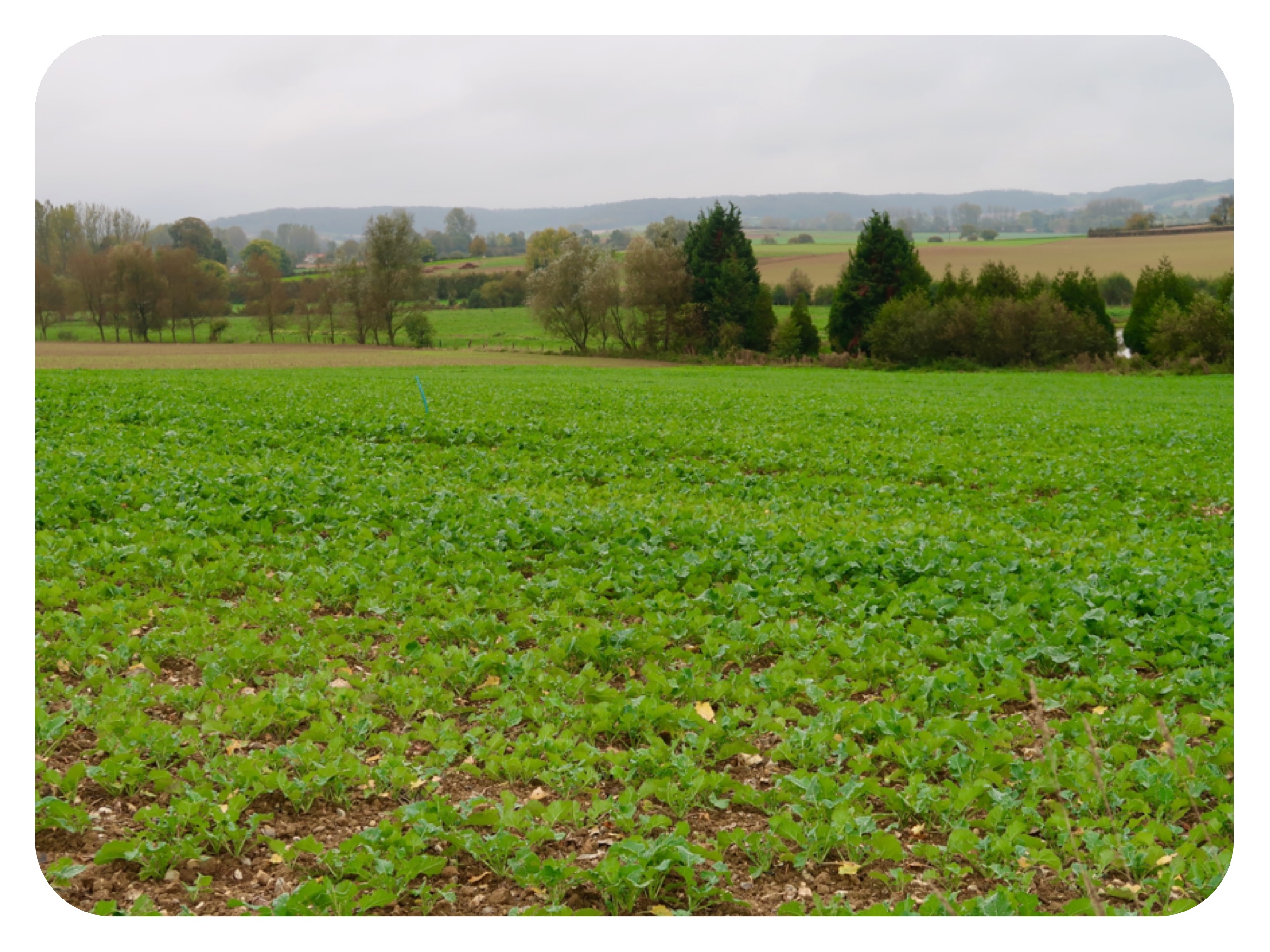
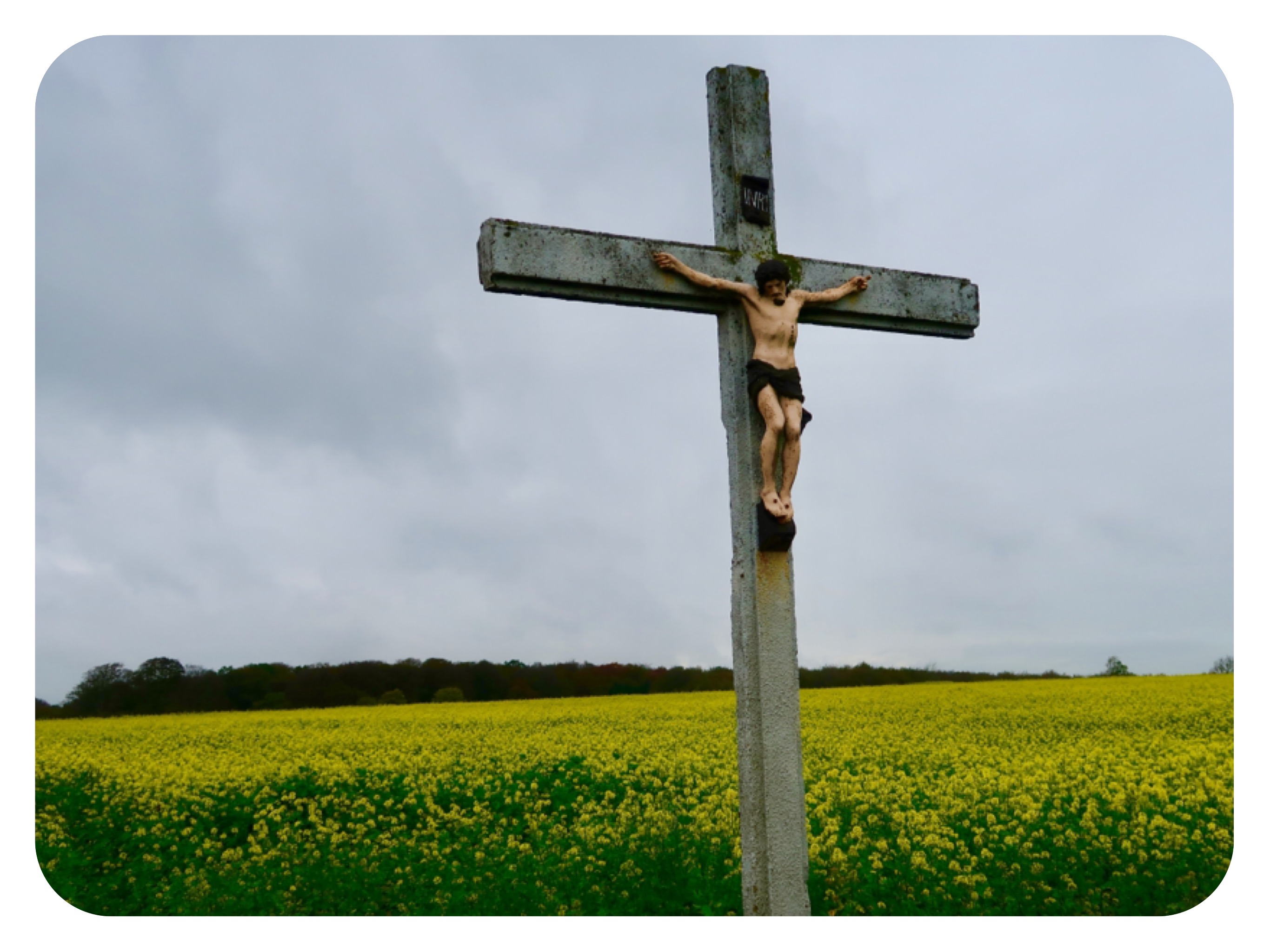
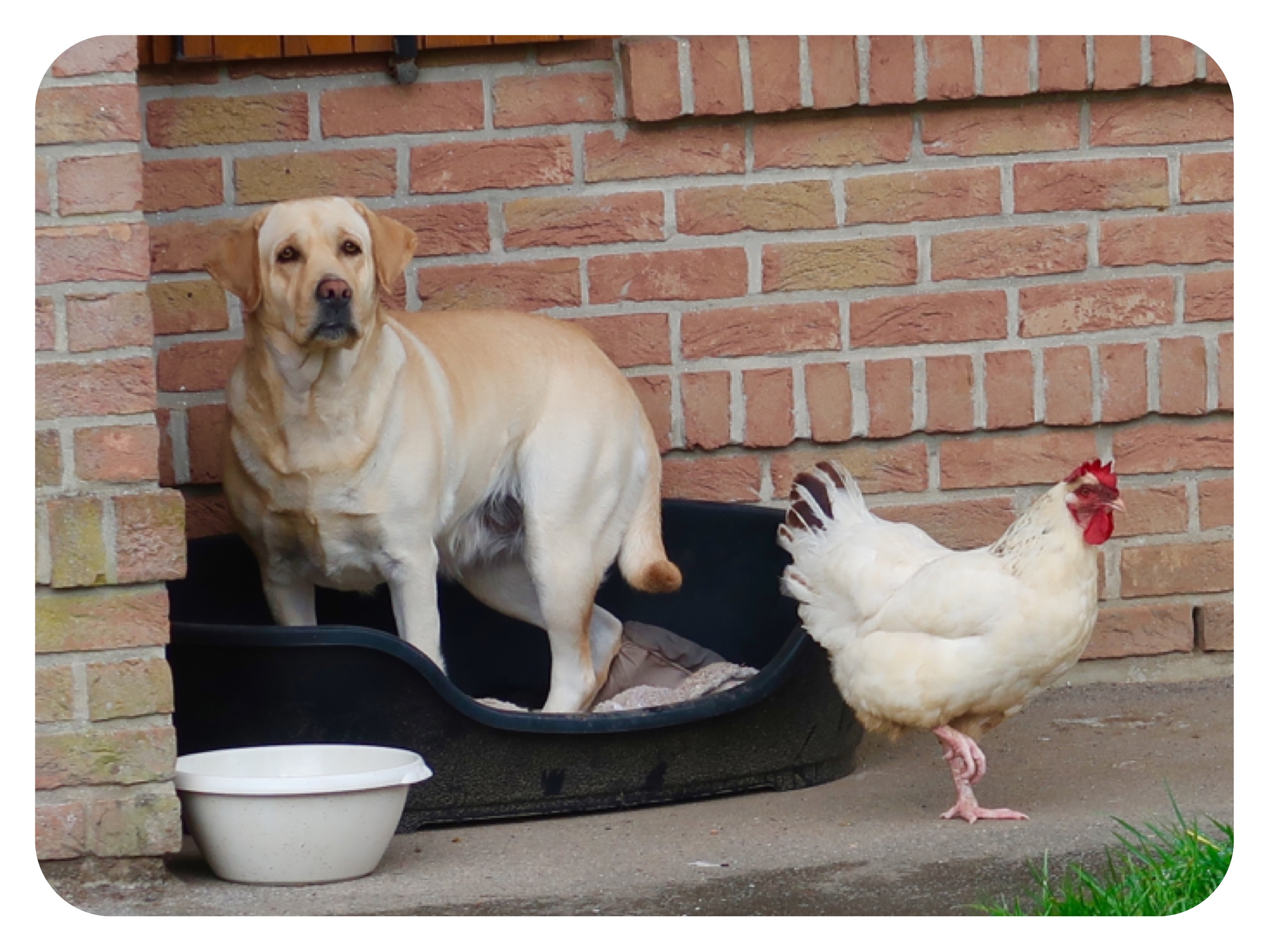 The chicken and the dog slept together peacefully in the doggy bed. They only got up when I got close to take their photo.[/caption]
The chicken and the dog slept together peacefully in the doggy bed. They only got up when I got close to take their photo.[/caption]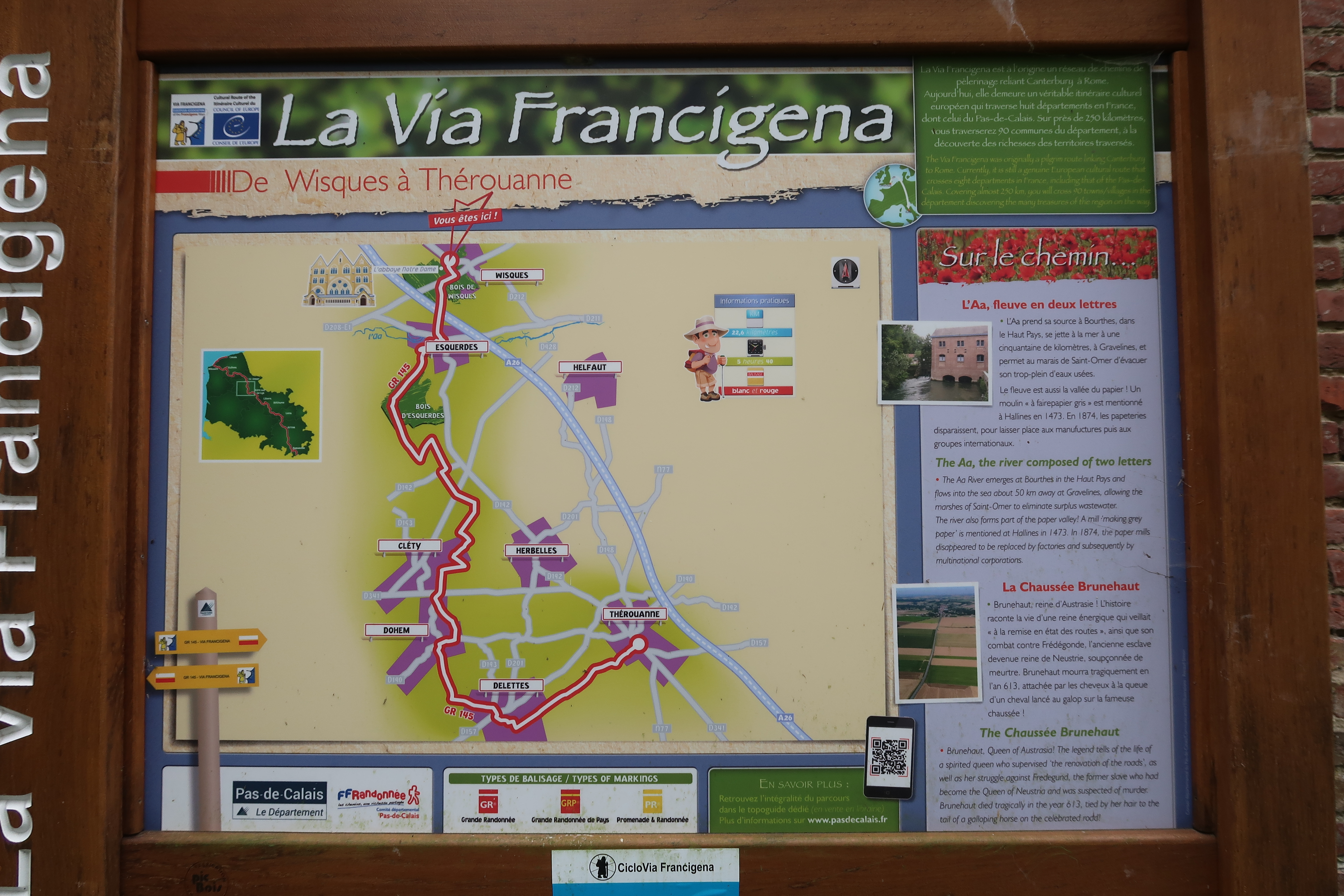
Day 6 - Walking the Via Francigena - From Clerques to Wisques, France
After a restful night, we woke up early.
At 7am, the sun was just beginning to rise, and the countryside was still misty with blue-pinkish tones on the horizon.
On this pilgrimage, we will have some days upcoming of very long walks of 30-40 kilometers.
In order to not finish these days in the dark, we will have to wake up early, and walk until sunset.
This means that we will have to walk from darkness to darkness, which does not sound so appealing, but there is no way for us to cover the distances otherwise.
In these rural villages, there are no street lights and the guesthouses, Auberges and Chateaux that we have booked, have nobody at the front desk to check you in, if you come too late.
The places that we are staying at, are also the only places where we can get a hot dinner and a breakfast, and possibly something to pack for lunch.
After yesterday’s walk, we realized just how rural this section of northern France truly is.
At first when I spotted a bakery, a cafe or a restaurant on Google Maps, we made our way there, but they were all inevitably closed or out of business.
Eventually it became apparent that it was not worth taking a detour in search of something to drink or eat.
If we come upon a village that has any shops, we will gladly go in.
If not, we will keep on walking.
Today was a cool day with a drizzle of light rain early in the morning for about fifteen minutes, and then it dried up but still stayed cool and quite breezy all day.
It would have been nice if we had been able to find a cafe where we could unload our backpacks, rest our feet and get something hot to drink, but there was really nowhere to stop.
We ate the baguette that I had packed for us, while walking between huge agricultural fields.
These were not small farms, growing produce for local consumption.
The majority of the farms that we passed were growing corn (for animal feed and ethanol production, which is nowadays mixed with gasoline for cars), rapeseed (cheap oil) and sugar beet.
A sugar beet plant looks like a very large red beet, except it is white and much bigger.
The root contains a high concentration of sucrose, and it is grown commercially for sugar production.
Russia, France, the United States, Germany, and Turkey are among the world's five largest sugar beet producers.
The production of sugar beet in France started before Napoleon’s time, but he was the one who boosted it to the degree it is today.
Since France occupied Haiti and parts of the Caribbean, they simply imported sugar to France, made from sugar canes grown in those tropical territories.
Two events in history changed all that, the blockade of Europe by the British Navy, and the Haitian Revolution against Napoleon’s brother-in-law.
Thus the importation of sugar cane became untenable.
This sugar shortage led to the production of sugar from sugar beets.
In 1811, Napoleon issued a decree appropriating one million francs for the establishment of sugar schools, and compelling the farmers to plant a large acreage of sugar beets the following year.
He also prohibited the further importation of sugar from the Caribbean, effective in 1813.
About midday, we took a short detour to a small wine shop that also sold fresh produce.
It was the only shop my map showed along our route.
The shop sold annual flowers for the garden, a huge selection of wines, home made patė, cheese, jams, cookies and fresh produce.
We bought some apples, clementines and home made waffle cookies.
When we could see the highway from our path, we realized that this area is not so isolated.
There were large shopping malls and stores.
Locals do have access to pharmacies, groceries, clothing stores, banks, restaurants, petrol and service stations.
They just have to drive to get there.
But when you are on foot, even a detour of six to ten kilometers to buy groceries or to go to eat in a restaurant, is impossible, for it makes for a very long day of walking.
In most of the villages that we passed through today, there was not even one single shop or post office.
Most had an old church, with Jesus on the cross wearing a crown of barbed wire, but no cafes, markets or bakeries.
The lack of food and places to get water along the path, is less of a problem during the day, where you can bring and carry your water and food.
Although carrying food is heavy, and our backpacks already feel like they are weighing us down and hurting our shoulders, it feels less difficult than ending the day without a hot cooked meal.
As on previous days, we had no places to sit and rest, no toilets and only one bakery which we reached near the end of the day.
Even though we still had food with us, we stopped anyway, hoping he would have a cappuccino machine so we could have a drink and rest.
He didn’t, so we bought bread for tomorrow’s walk and cookies.
Luckily, most of the places we’ve booked to stay at, have a restaurant that offers dinners.
It did not rain on us all day today, despite the dark clouds above us.
By the end of the day when we arrived at the village of Wisques where our hotel is located, we passed by an old abbey.
We saw a group of monks going out of the abbey for a walk.
They wore black robes and big smiles.
They wished us a good day and a good pilgrimage.
I thanked them and we continued up the steep hill towards our hotel.
Our hotel is truly lovely.
We got a large spacious apartment in one of the cottages surrounding the main building of the hotel.
The hotel has a restaurant that is known for its great seafood.
Our apartment is airy and well lit.
It has a full kitchen, a spacious bathroom with a rainforest shower and lots of hot water, a sofa and a large bedroom.
We were so happy to be off our feet and I made us hot teas immediately after we entered the room.
We did our laundry, took hot showers and rested until dinner.
We have not seen one single pilgrim since we left Canterbury.
Now I know that the hikers I saw in Canterbury were not pilgrims, but people who were walking the North Downs Way around the southeastern part of the UK.
Despite the fact that we saw no pilgrims walking the Via Francigena at this time of the year at all, the places we have stayed at were mostly full.
People travel by car and stay in these lovely rural inns, enjoy the countryside, the sound of the creeks and the song of birds, while drinking local wine and eating very good local food.
Tomorrow is another long day of walking, and our feet and muscles hurt tonight.
Oh, how different it is to walk with heavy packs than without them...
In London we walked twenty kilometers every day, but were not so beaten up.
Here, with heavy packs and 30 kilometer days, we are tired and achy.
Still, it is amazing how fast our bodies are recovering.
A good night’s sleep really does restore us for another day of walking.
Wishing you a world of good and with warm smiles,
Tali
Daily Steps - 33,612
Daily Kilometers - 24.5
Total Kilometers walked from Canterbury - 102.5
Maximum Altitude today: 186 meters
Total Elevation climbed today: 1456 meters
Total Descent today: 1401 meters
Clerques to Wisques France
Accommodation:
Logis Hôtel La Sapinière, in Wisques- a comfortable country hotel with spacious separate cottages with a kitchen, living area, nice beds, very clean and with a great seafood restaurant.
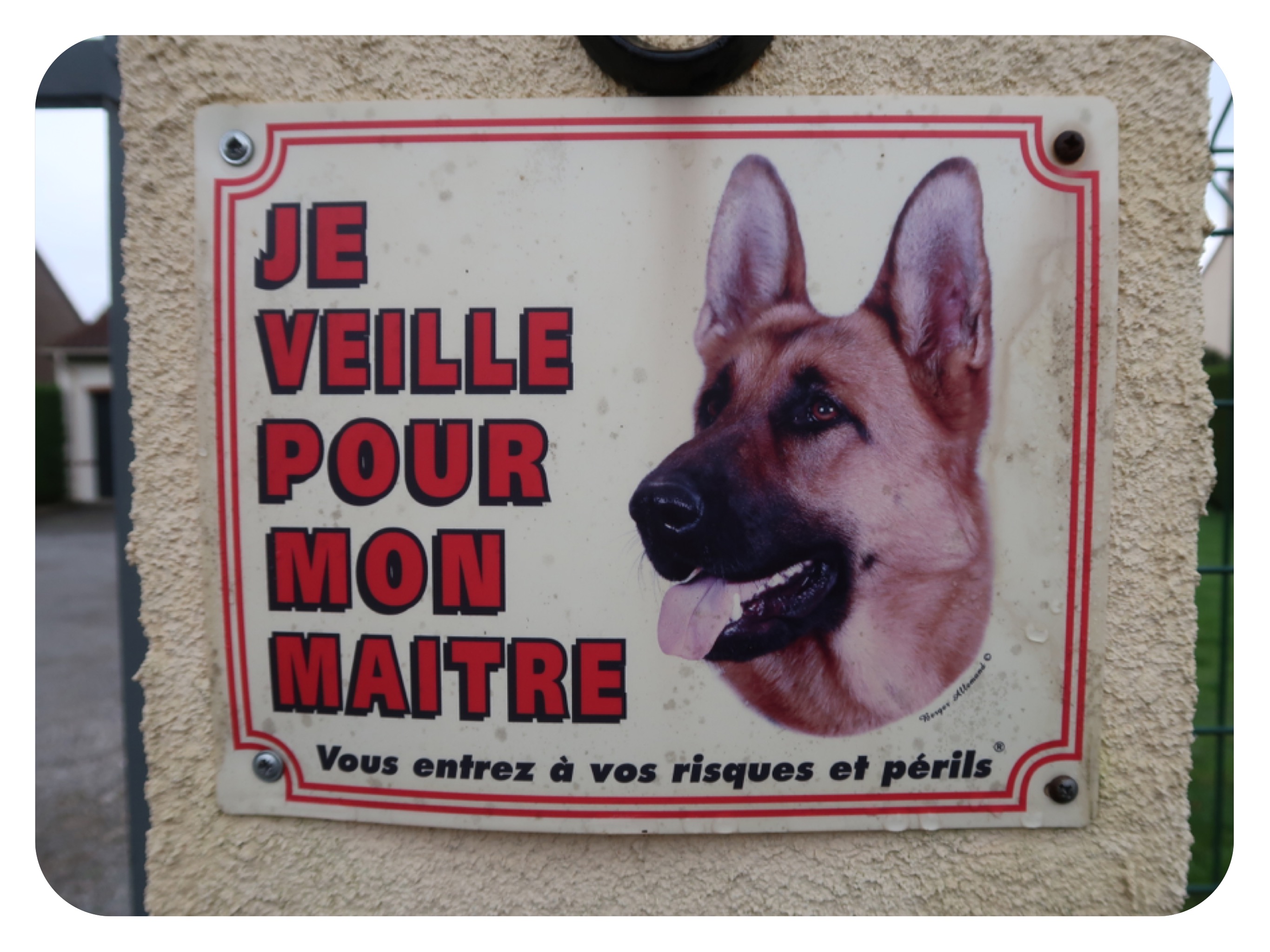
No matter how rural and small the villages are, people still live in fear of their fellow humans.
We saw signs like these on many of the rural houses warning that the house is guarded by an aggressive dog.
